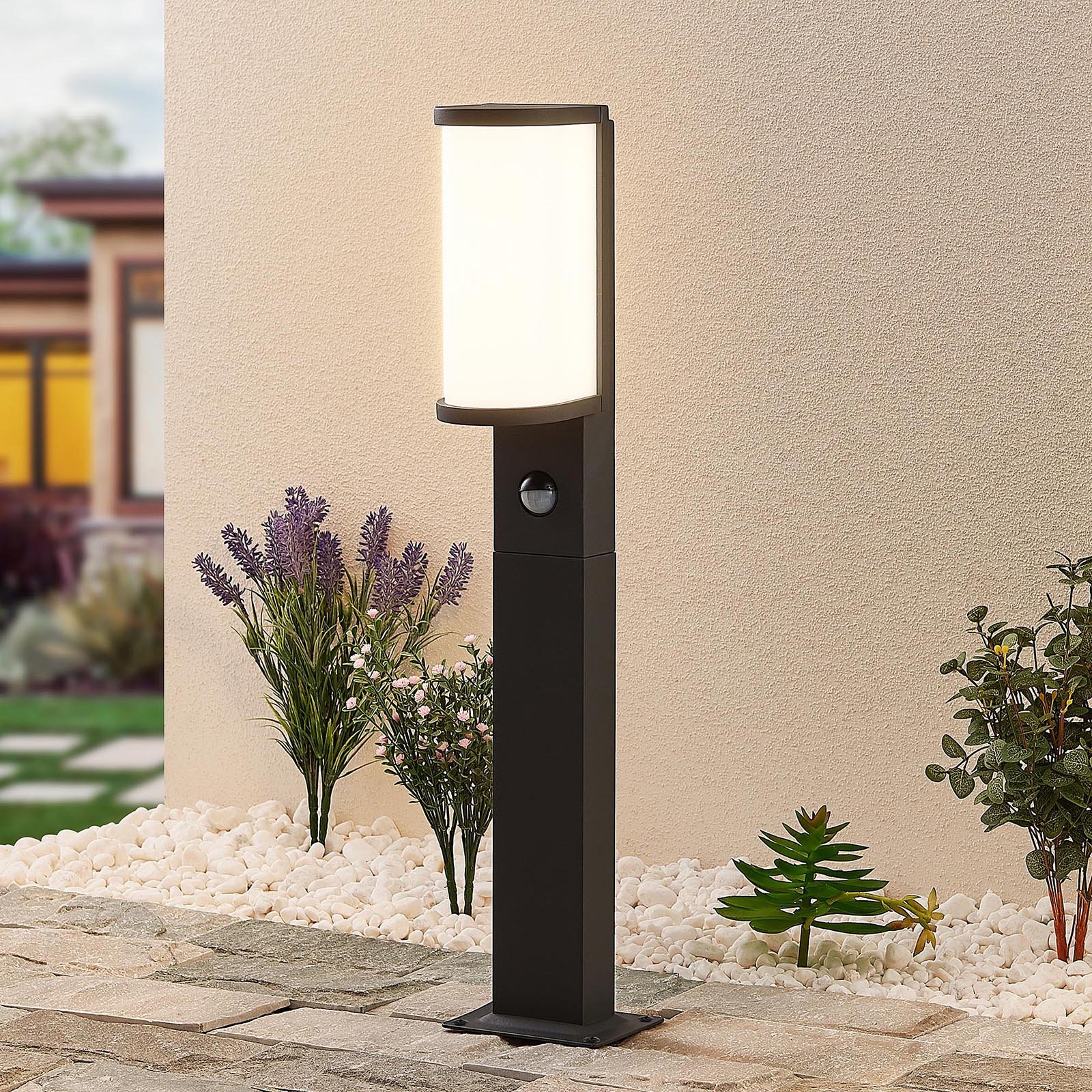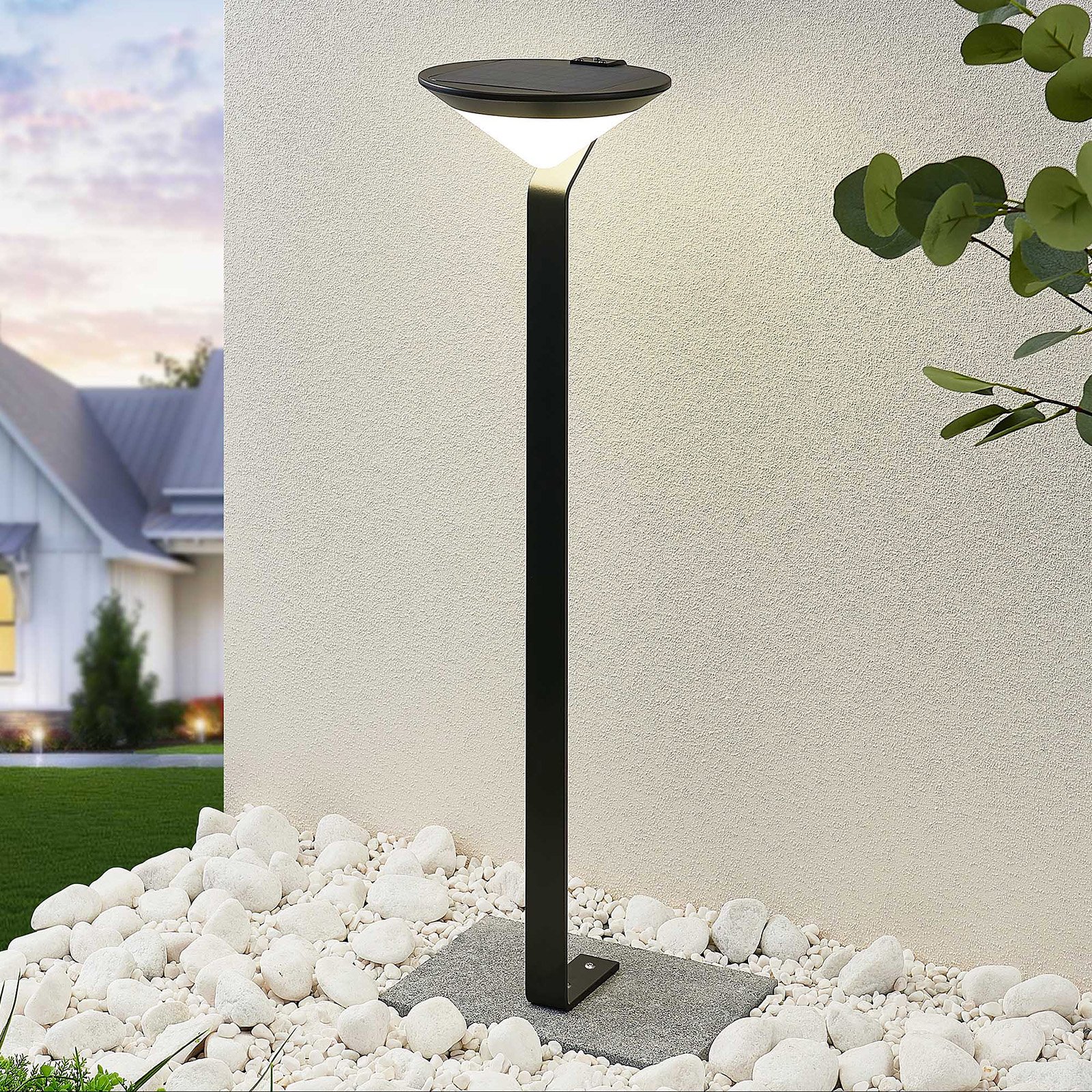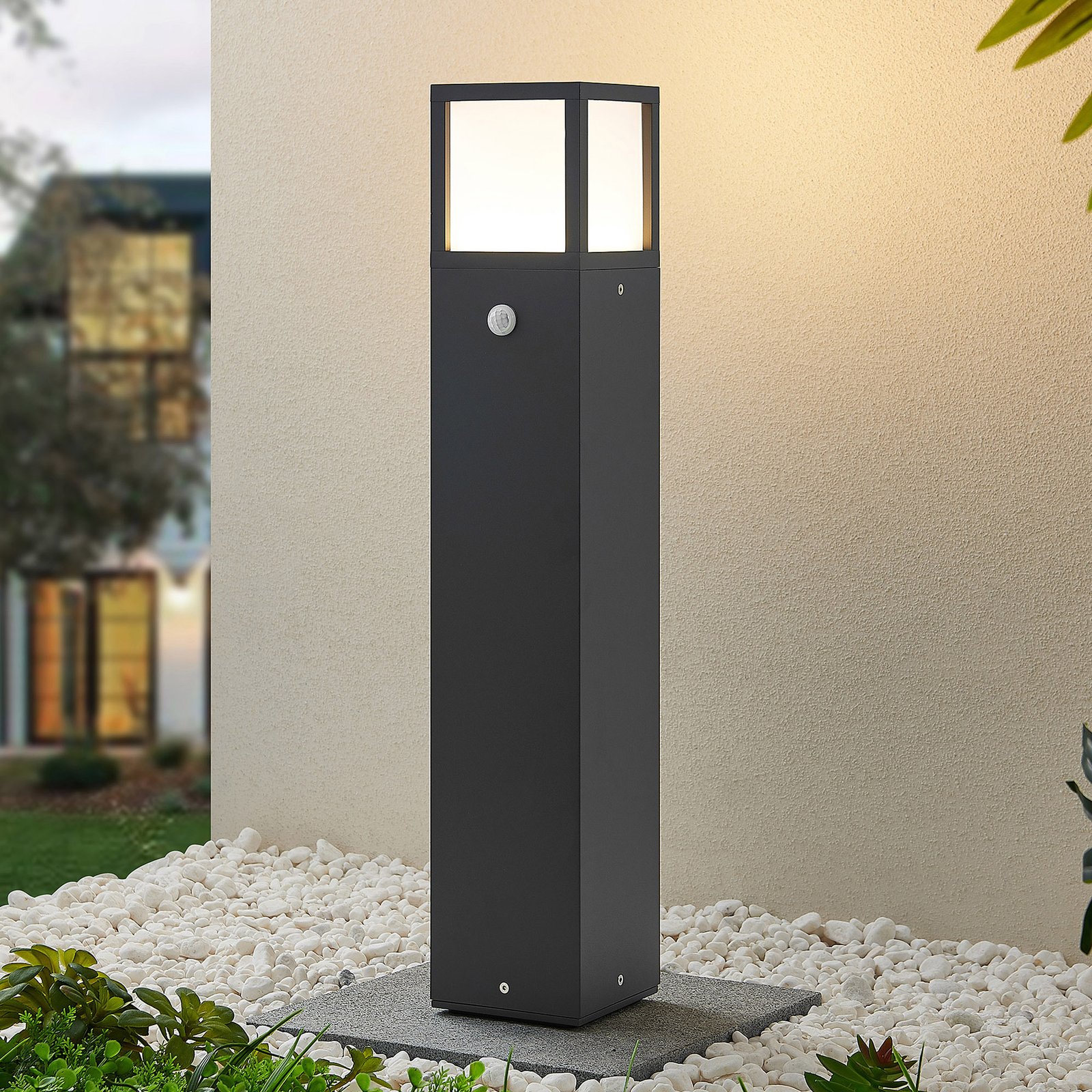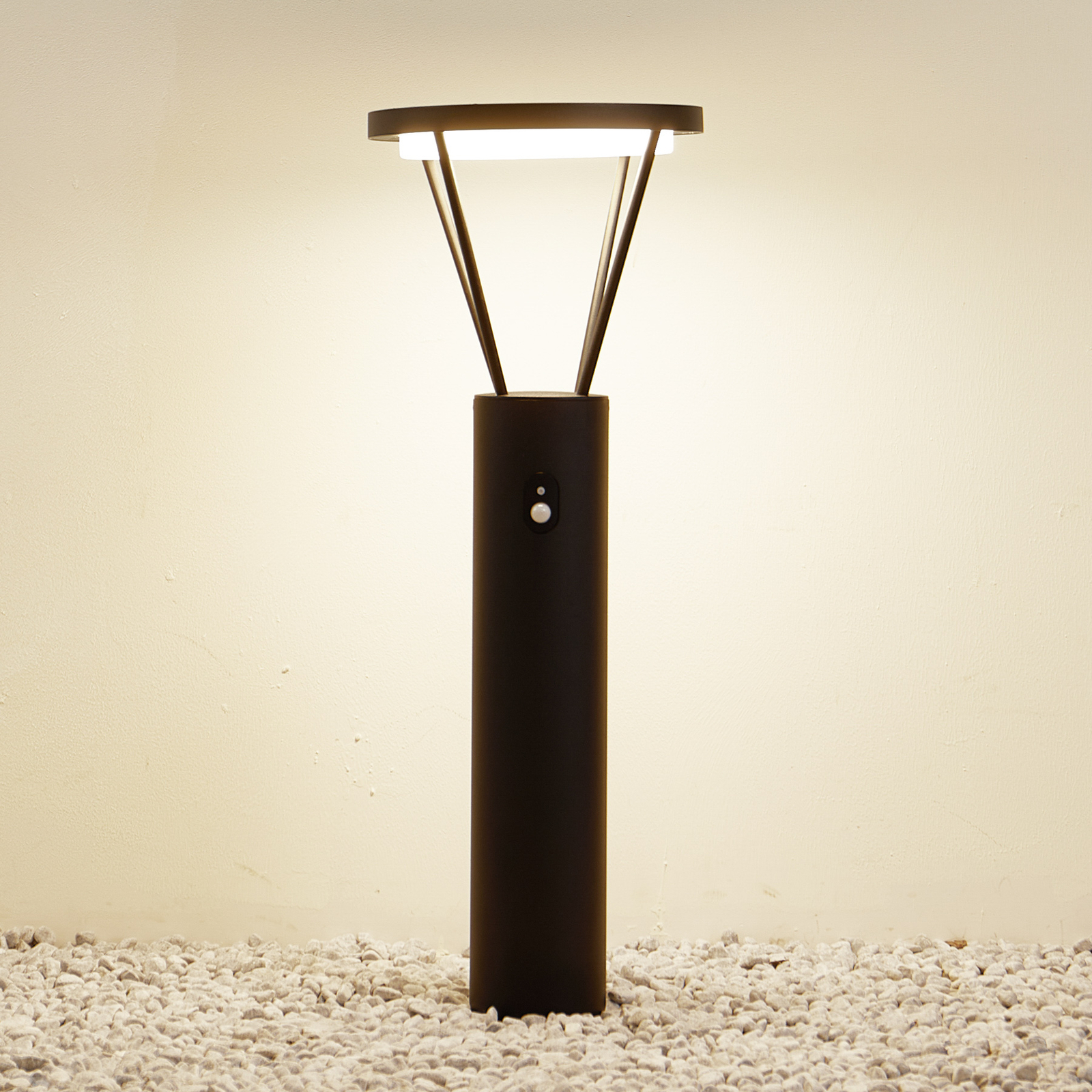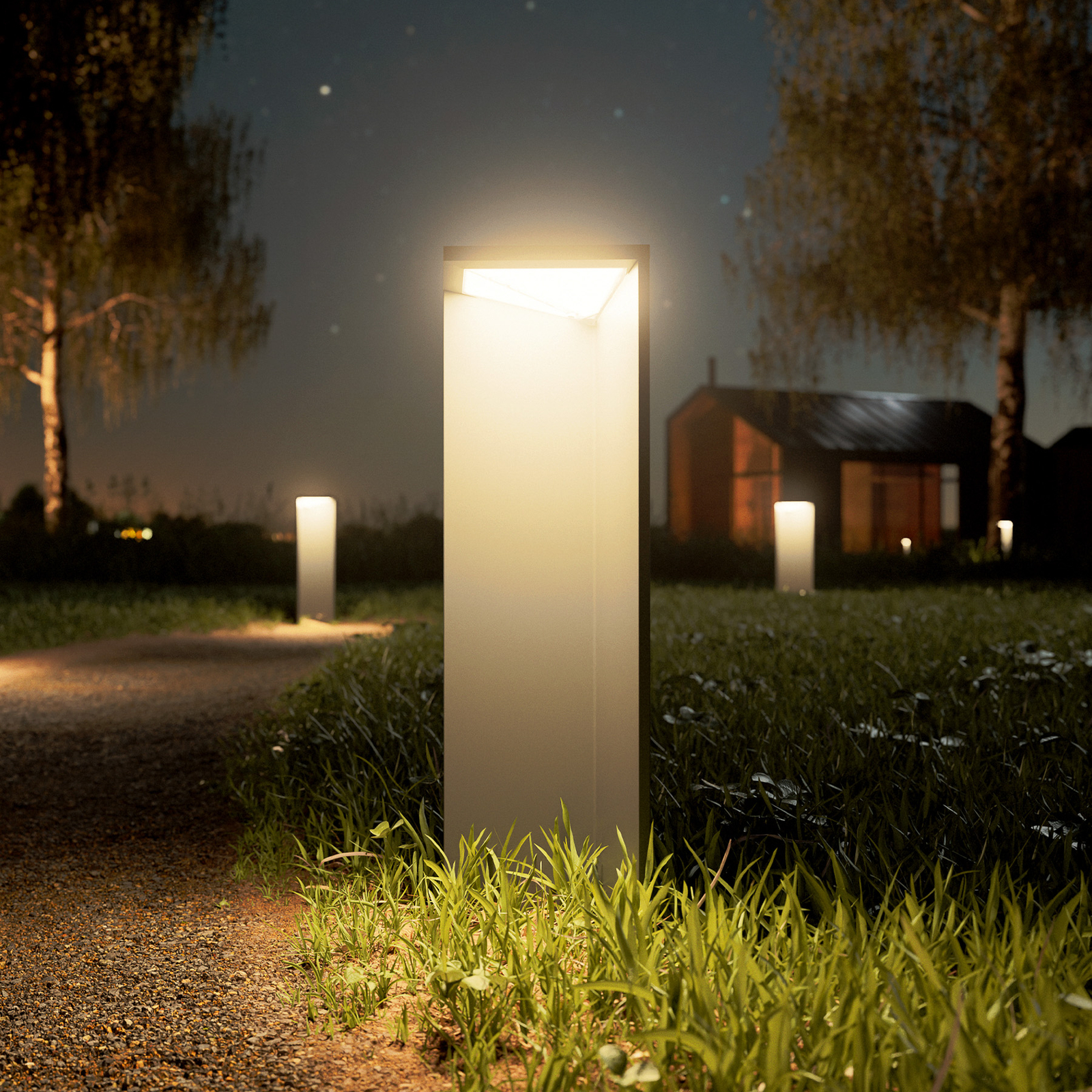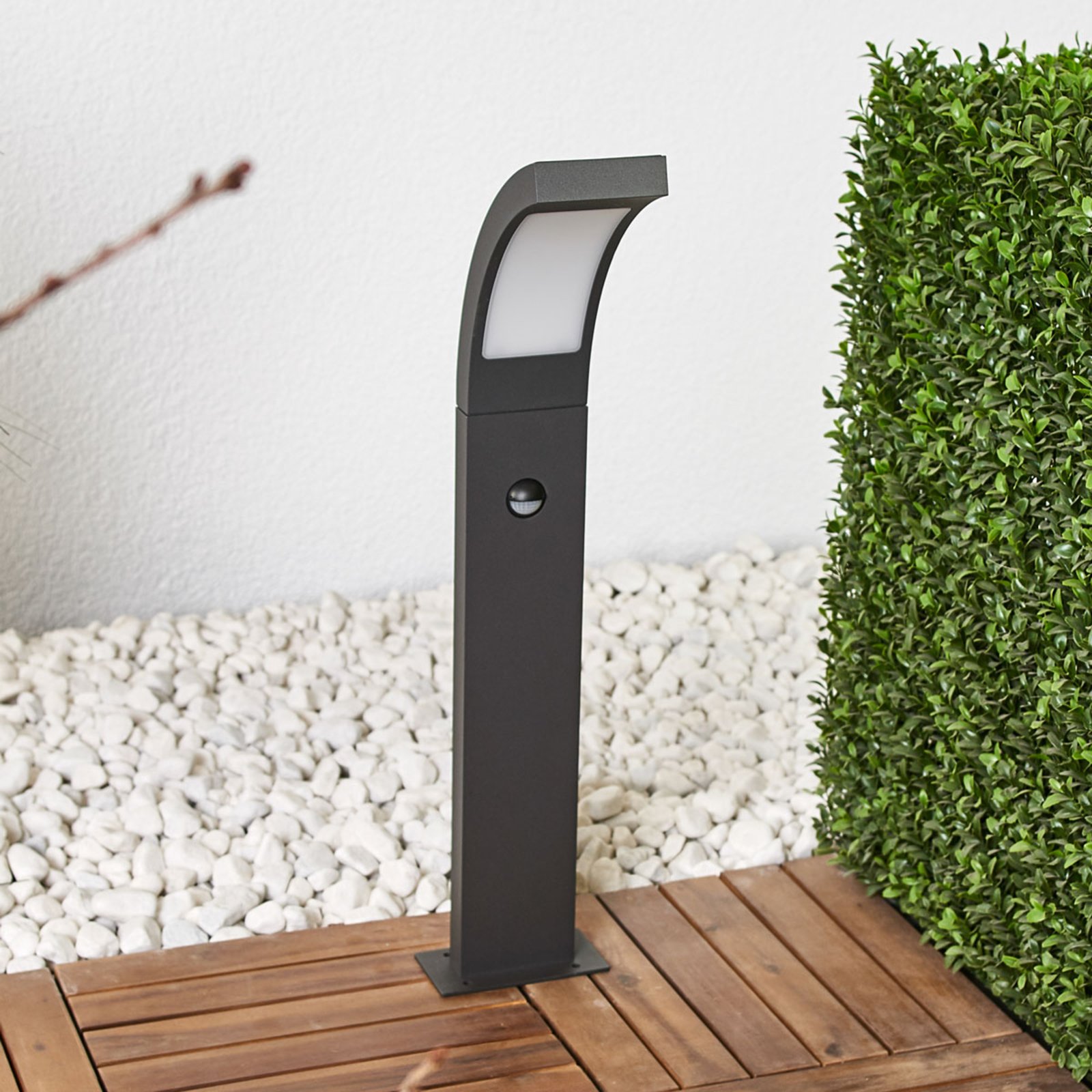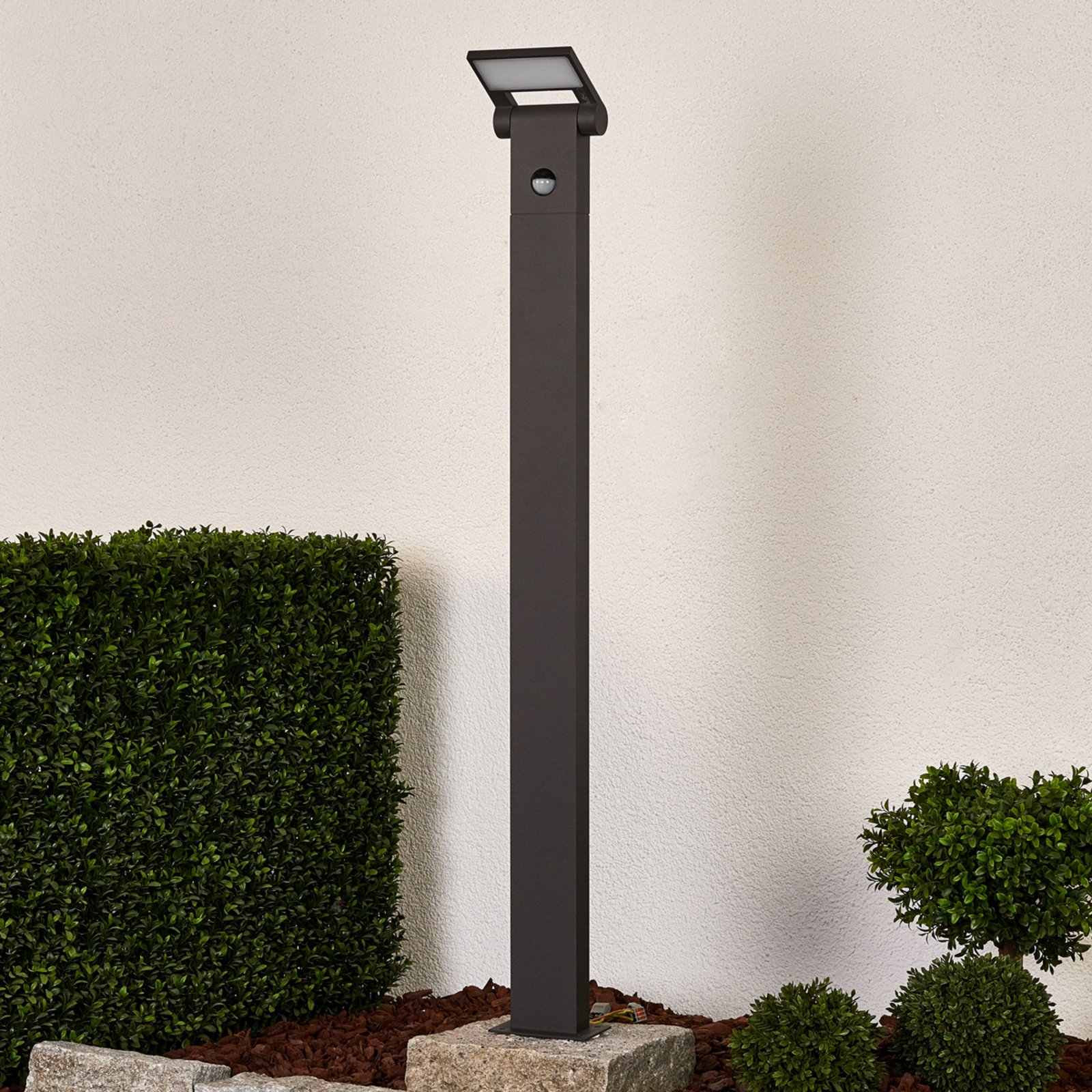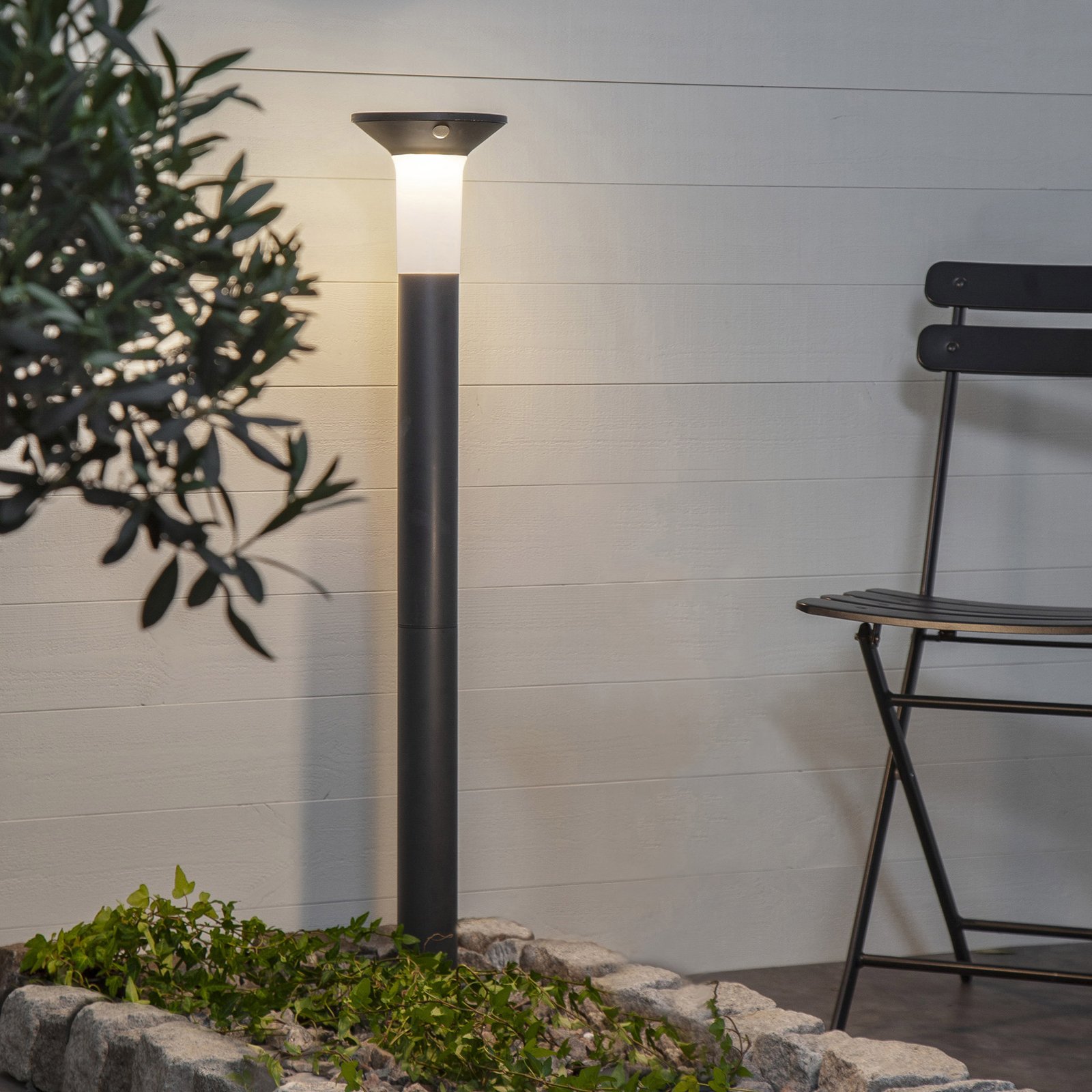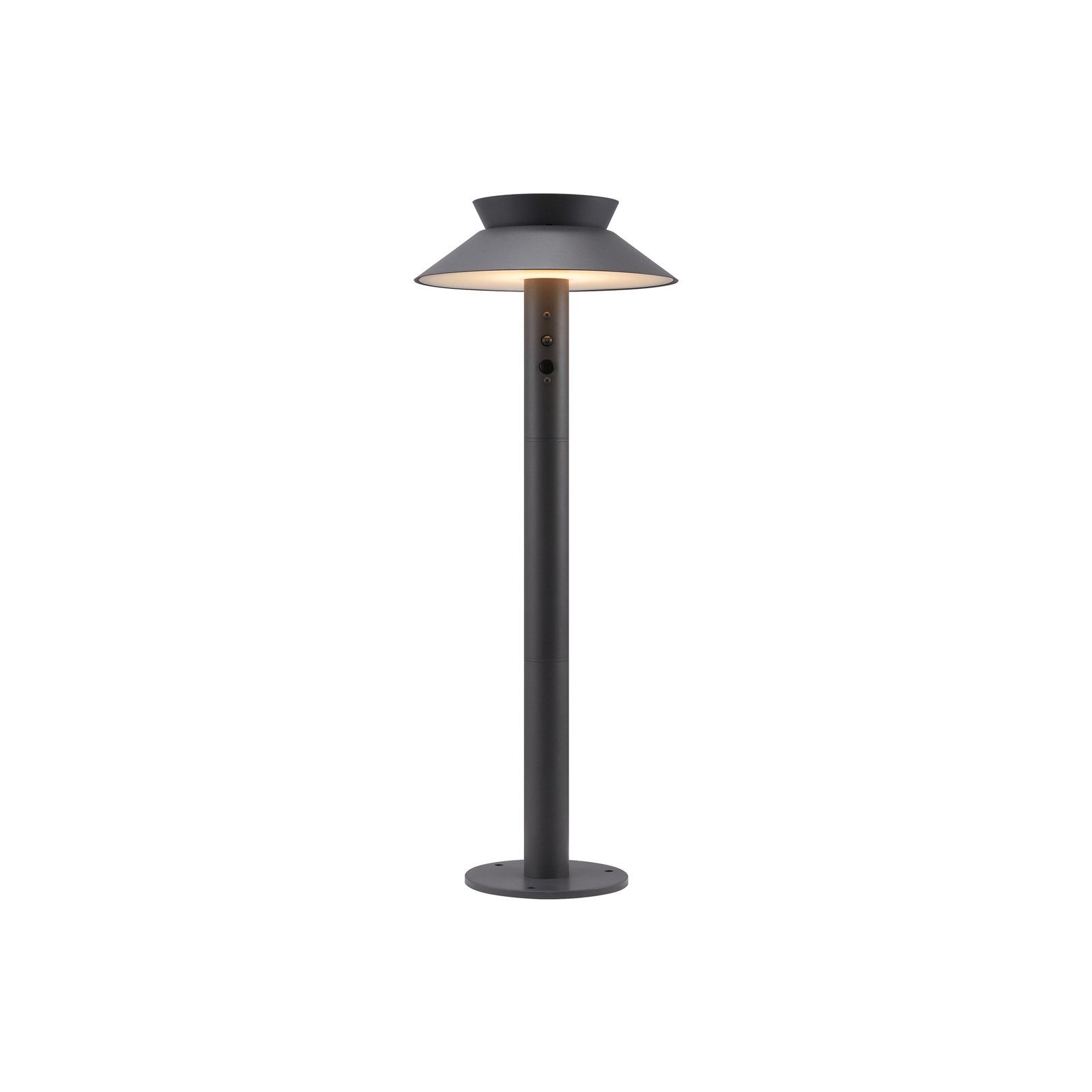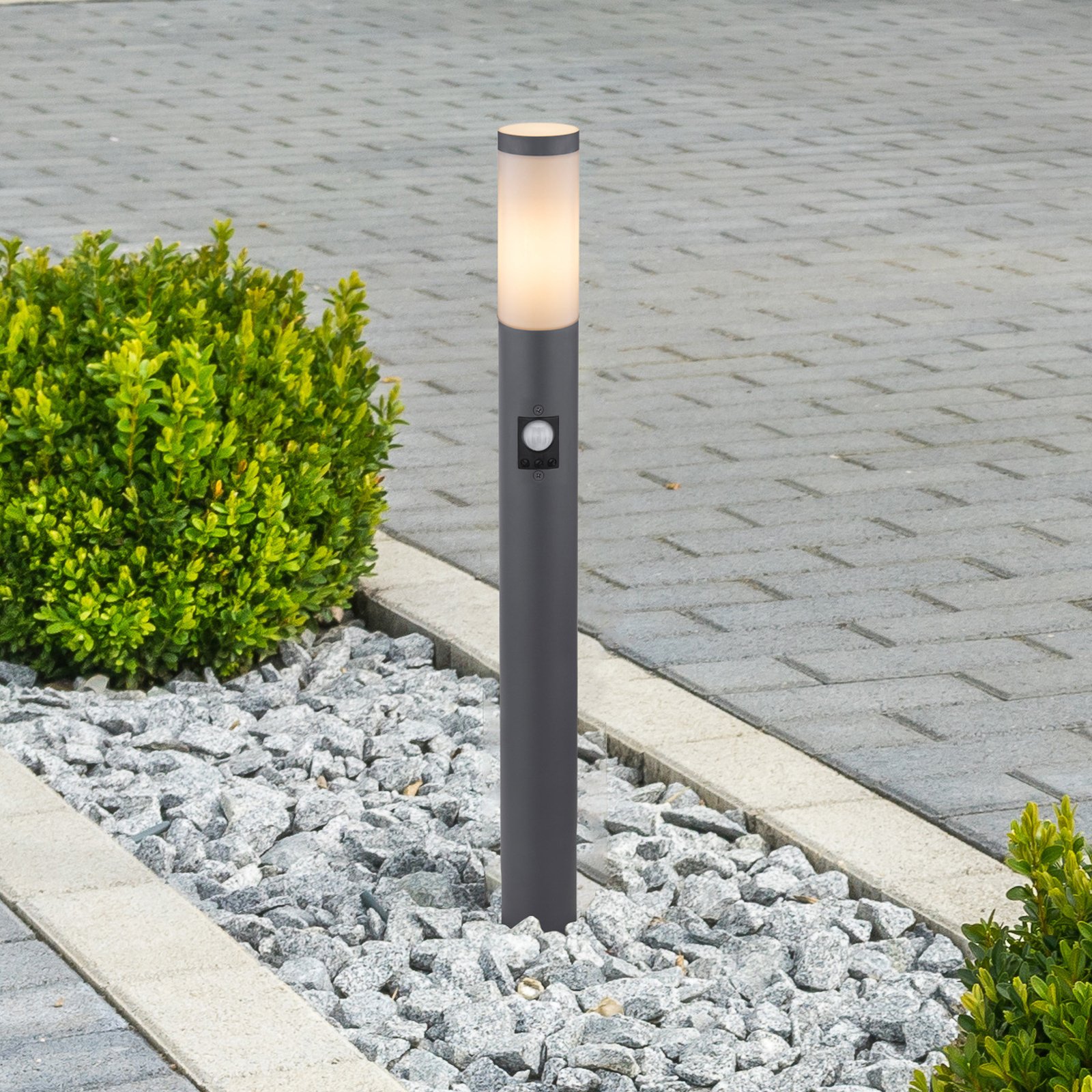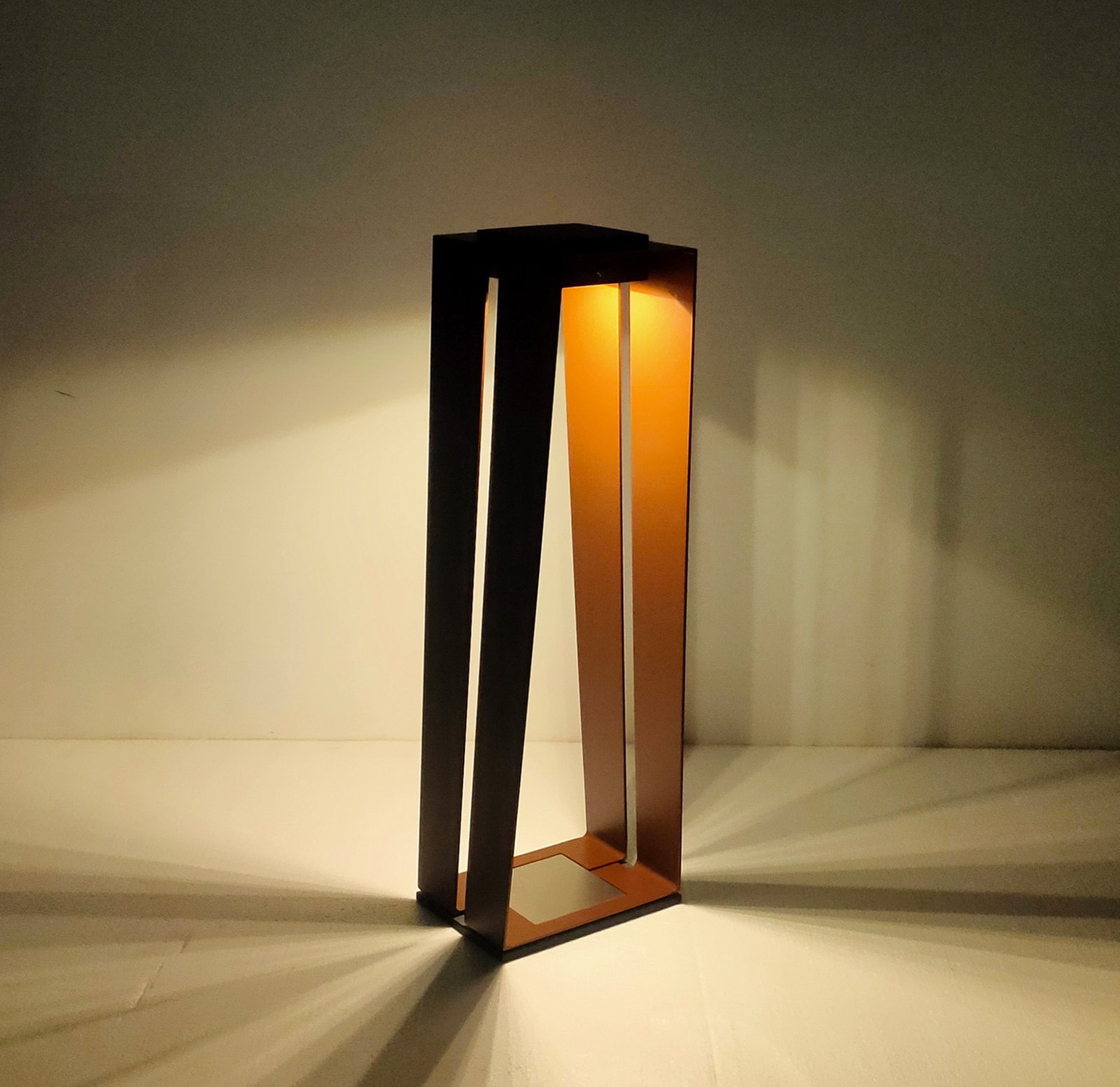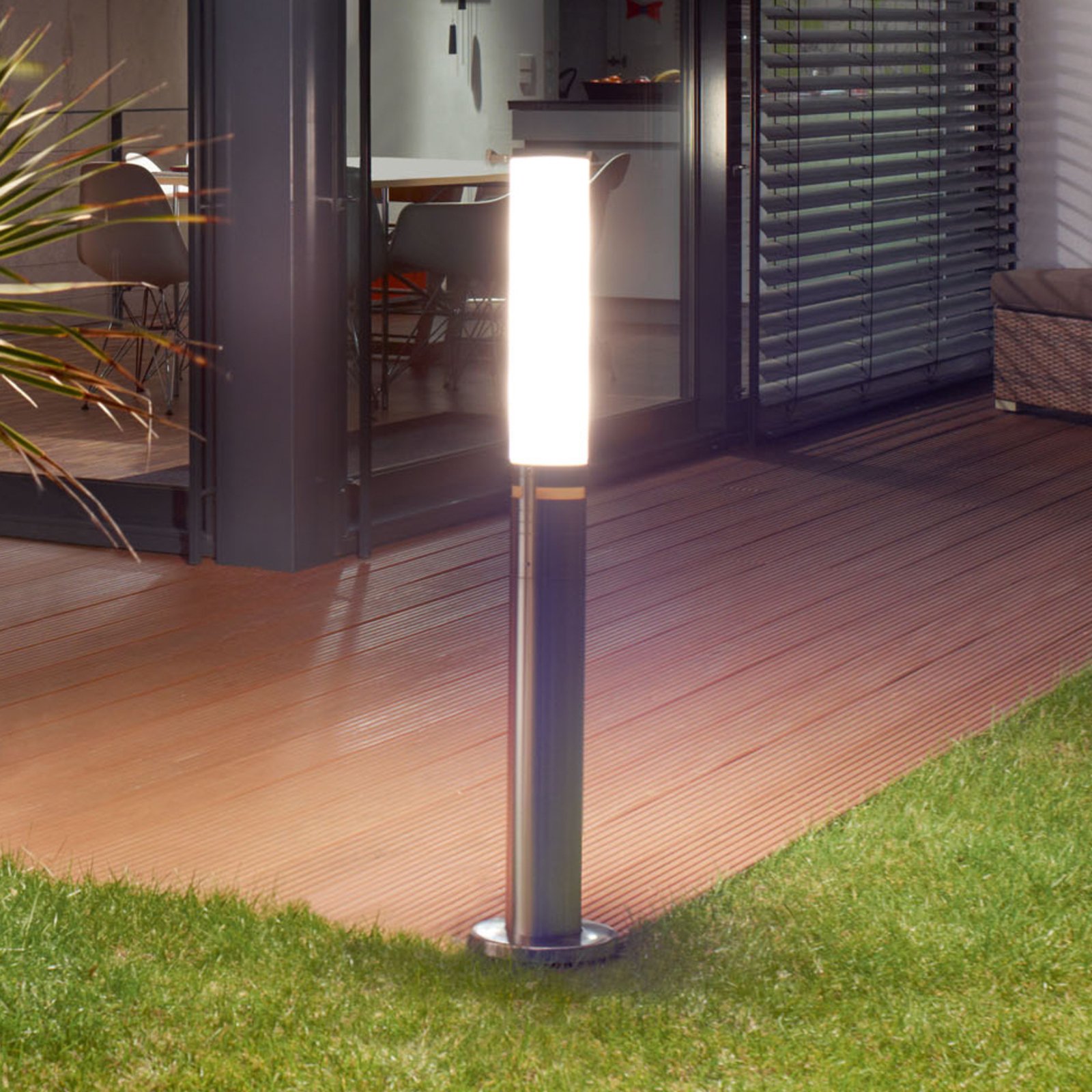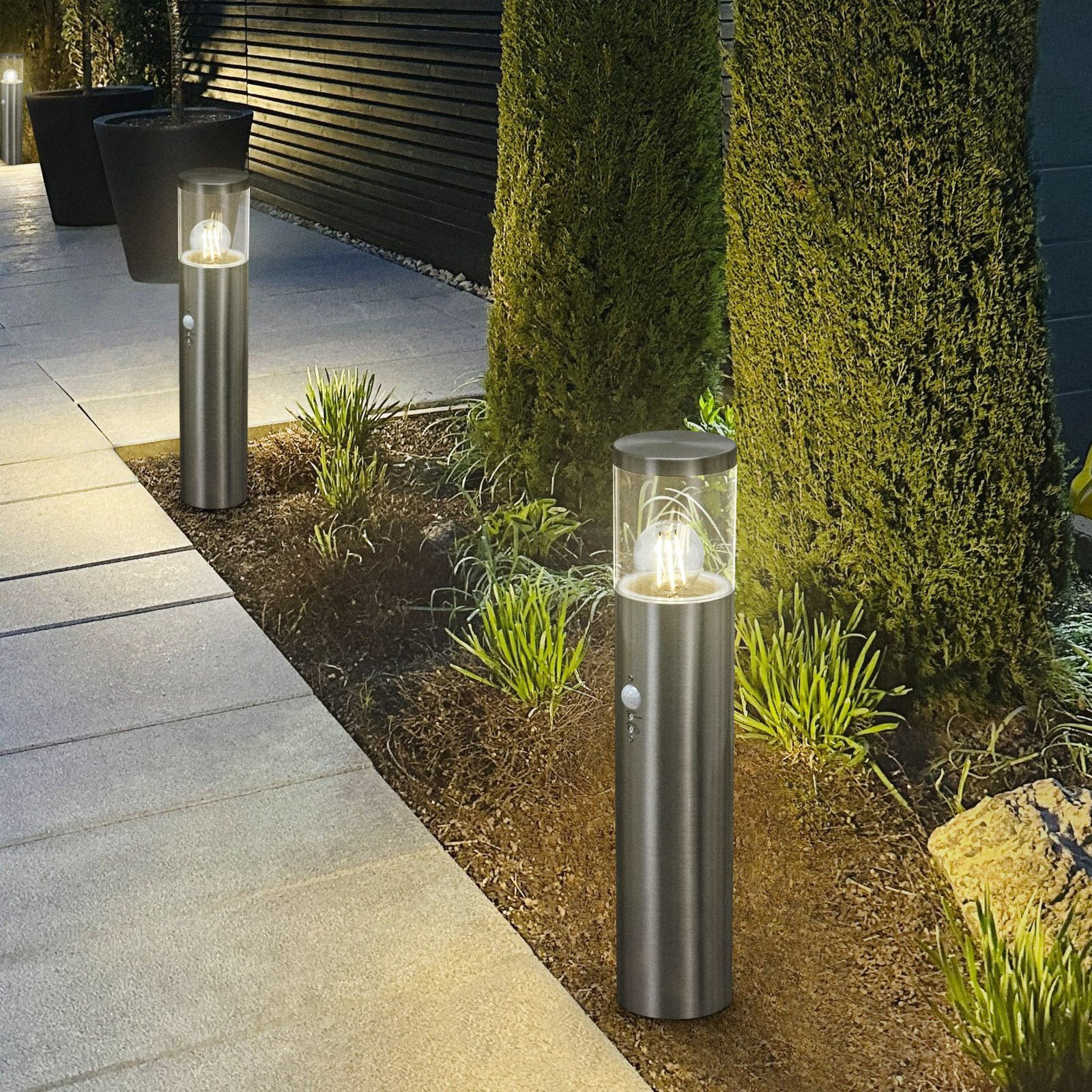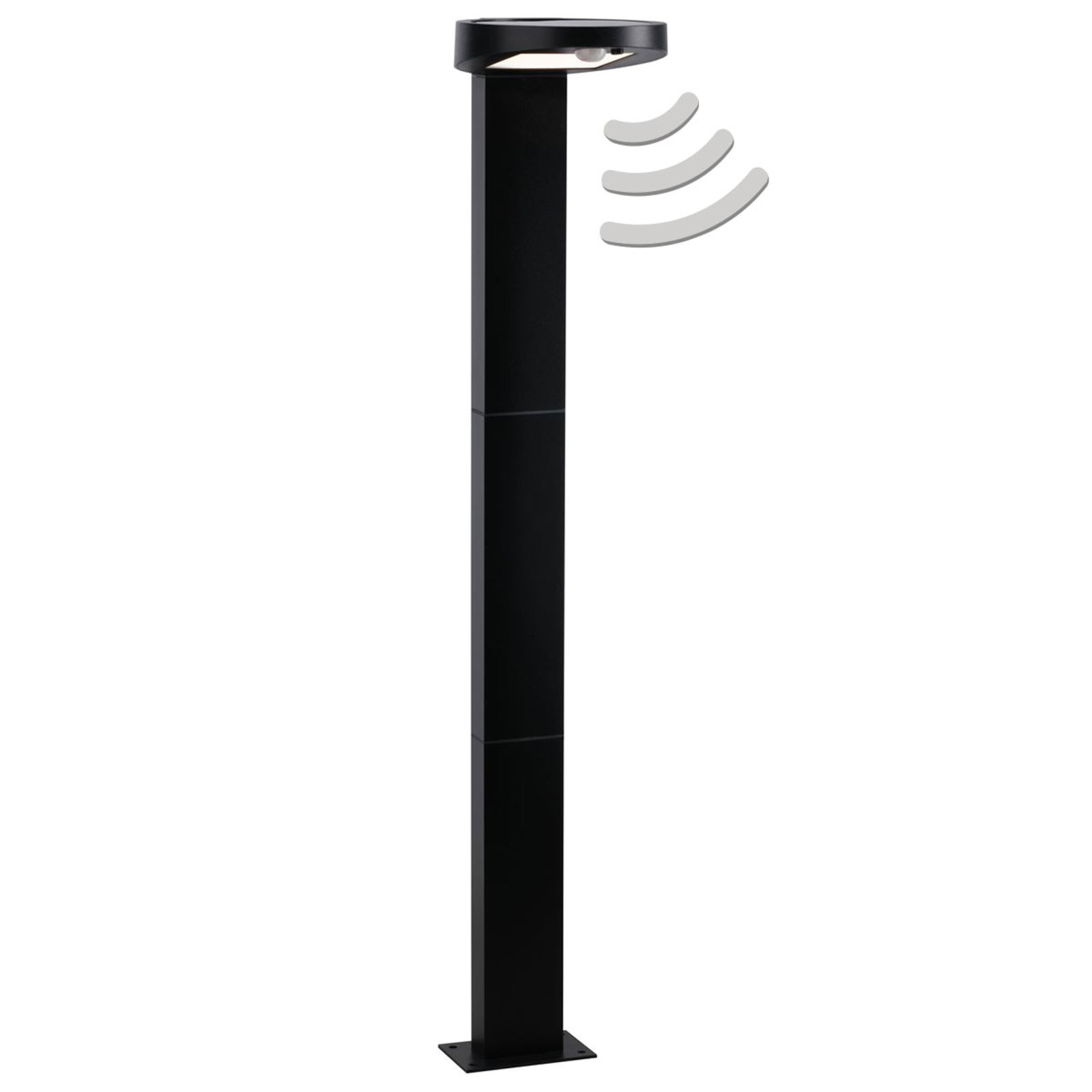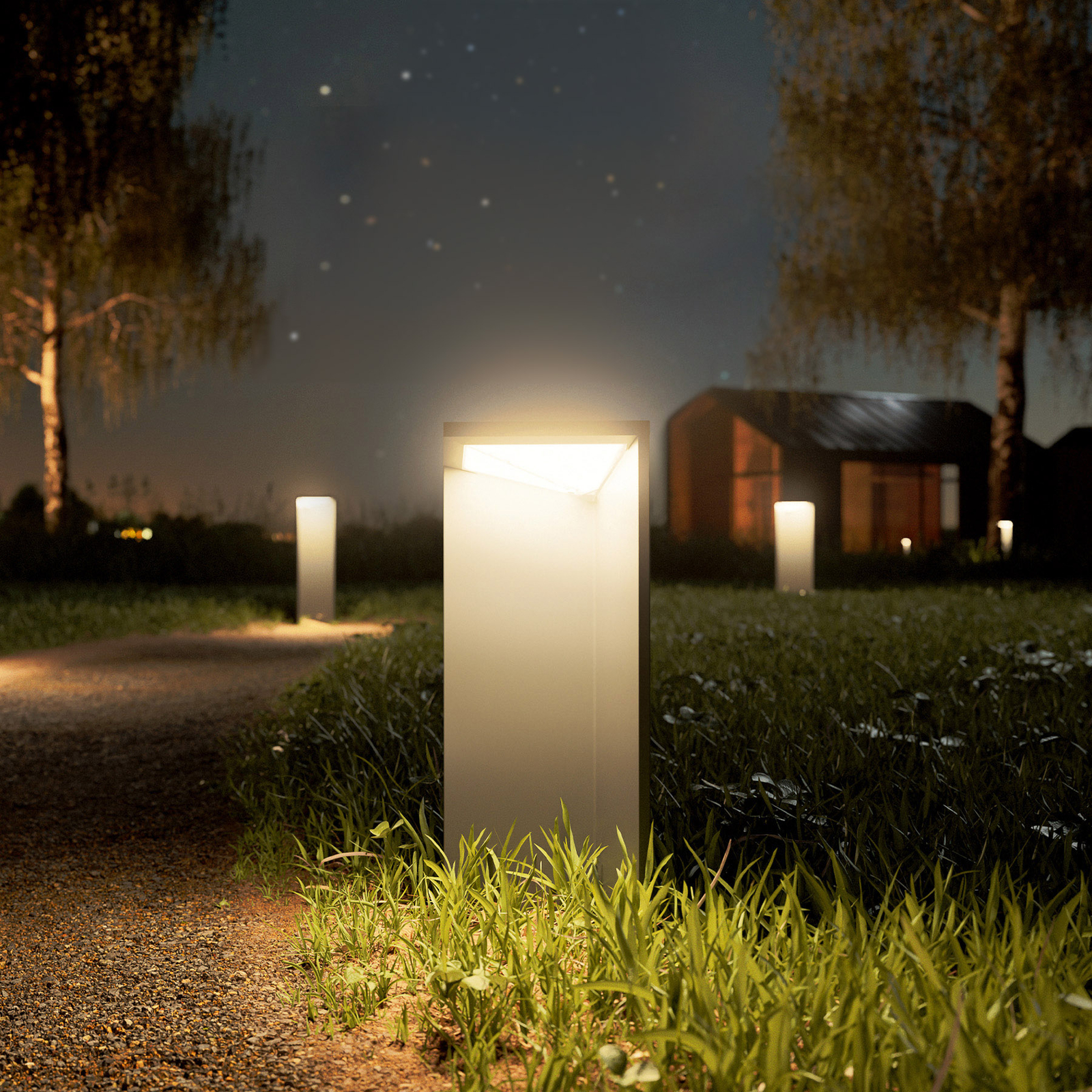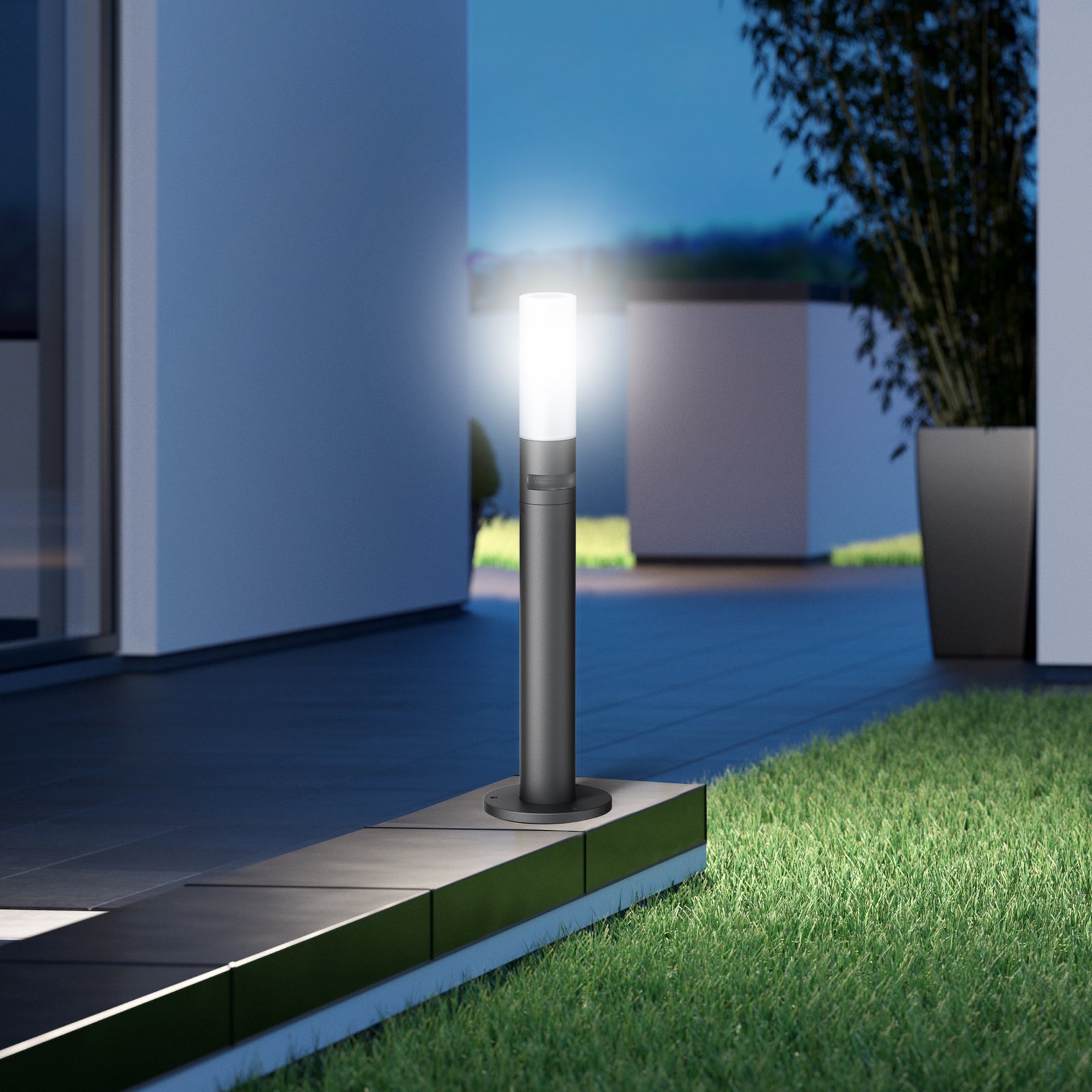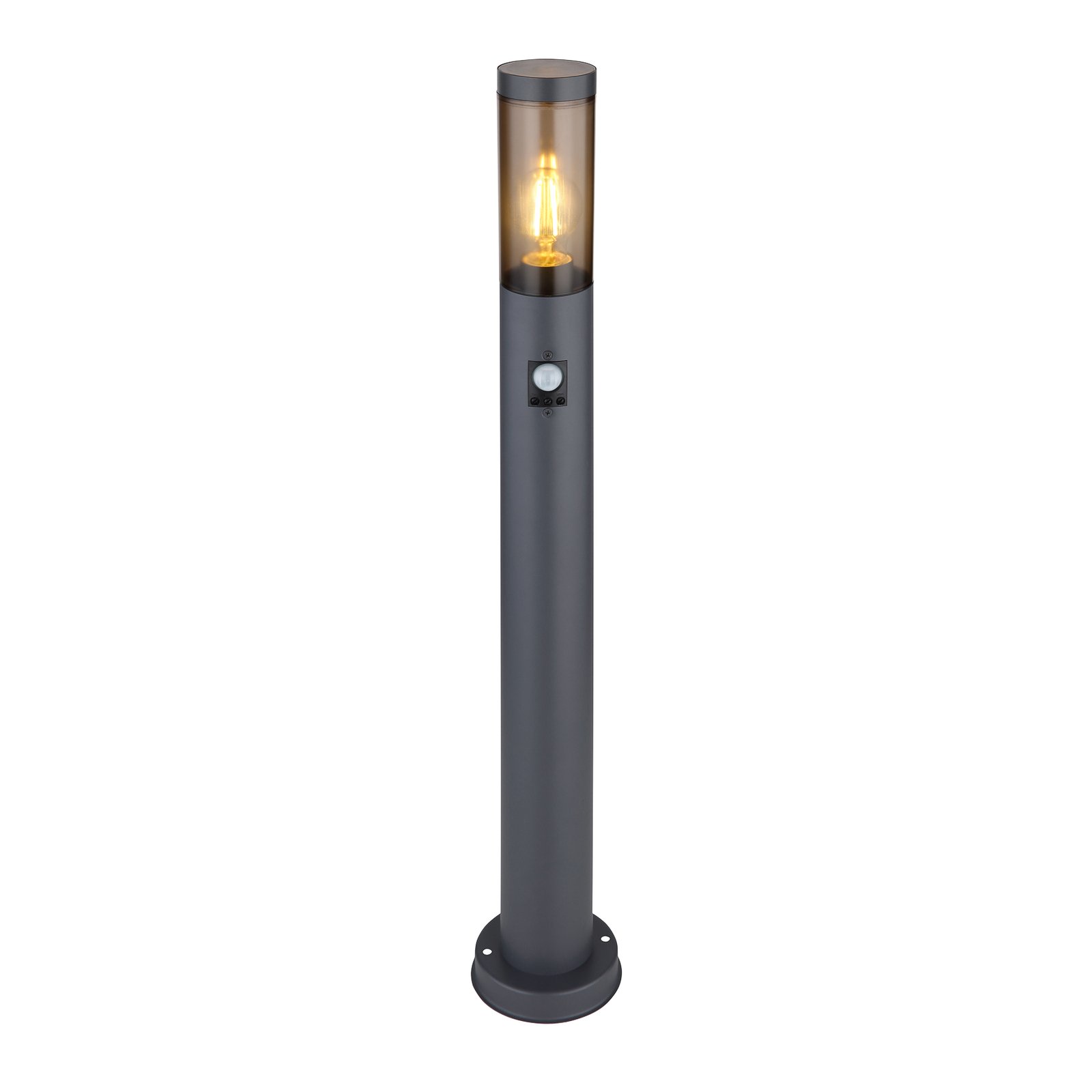- 50 days free returns
- Rated “Great” on Trustpilot
- The UK's largest selection of brands
Extra 10% off over £89 & 13% off over £129
:format(jpeg))
Attentive light sources: path lights with motion detectors
You enter the garden - the light switches on. You drive up the driveway - the lights come on. Do you think your path lights are really very thoughtful? That's right, and it's also very easy to realise: simply opt for a model with a motion detector. This not only protects you against trip hazards. Even burglars who stalk you in the dark are easier to put to flight if they are surprised by the light. Incidentally, a motion detector simply provides much more comfort in everyday life. And you can save your wallet and the environment at the same time if the light is not on all the time.
What needs to be considered when mounting?
It is entirely up to you whether you want to install your path lights fixed or flexible. Frost-proof foundations** or similarly firm surfaces are suitable for permanent installation. But you like it flexible? Then you should choose a model with an earth spike that can be moved around in the loose soil as you wish. If the luminaire is supplied with power, the radius is determined by the cable. With Solar you are completely independent.
Tip: Have you decided in favour of a fixed luminaire with mains power? Then you need a specialist to install it. Although you can help dig to bury the underground cables, you should leave the connections to the electrician.
What height should path lights with motion detectors have?
As a rule, path lights are between 60 and 150 cm high. This is completely independent of whether they have a motion detector or not. Tip: The higher up the light points - i.e. the light sources - the larger the area that is illuminated. Conversely, this also means that the higher the luminaires, the fewer luminaires are needed in total to illuminate the path well. They can then be placed at a greater distance.
Is a twilight sensor useful?
It ensures that the light only switches on when it is dark or already dusky enough. Because nobody needs a pathway light that shines like the sun. This is not only unnecessary, but also simply a waste of energy. A twilight sensor registers how bright it is. If the light intensity falls below a certain light intensity, it allows the motion detector to react and the path light to switch on. So it definitely makes a lot of sense.
Tip: Even if your path light does not have a motion detector, you are well advised to use a twilight sensor. Thanks to it, you don't have to switch on the garden lighting manually in the evening. A big plus in terms of comfort.
:format(jpeg))
:format(jpeg))
Can you also set continuous light if required?
Conveniently, there are also pathway lights that can switch from operation in motion detector mode to continuous operation. After all, there are many different situations in which you might want permanent brightness in your garden for a change. For example at a garden party - a really atmospheric reception for your guests.
Are there path lights with motion detectors with rechargeable batteries?
If it is a solar-powered path light, it also has a rechargeable battery. After all, the sun's energy has to be stored somewhere for the night. Tip: Solar-powered lights should always be positioned so that they can get enough sunlight. This is the only way you can count on full luminosity at night.
Which light sources are best suited?
They both save electricity. And they both protect the environment. We are talking about LED light sources and motion detectors. And that's why they go so well together. Path lights with motion detectors should therefore always be operated with LED lamps if you have the choice. As there are also pathway lights with permanently installed LED technology, you are relieved of having to make a positive decision in this case.
Further advantages of LED lamps:
- Their lifespan is up to 50 times longer than that of incandescent bulbs.
- They consume up to 90 per cent less energy.
- They are mercury-free.
Good to know: If you are toying with the idea of switching to energy-saving lamps after all, we say: Don't do it. This is because they need a certain amount of time to reach full brightness. However, you expect full brightness from your path light immediately when the motion detector "sounds the alarm". After all, we are talking about safely illuminated paths here. Good visibility cannot be postponed until later.
:format(jpeg))
What detection angle should a motion detector have?
A detection angle of 120 degrees is sufficient for one path. However, there are also models that cover more. You can also downgrade from 360 degrees with apertures as required. Tip: If the detection angle is too wide, your motion detector may be activated from the neighbouring property. Of course, nobody wants that. But it shouldn't be too small either - if you're thinking of burglars, for example. After all, they should be deterred in good time with proper lighting.
Which IP protection class is suitable for my path lights?
Water and electricity are not compatible. You should therefore not leave your path lights outside unprotected in wind and weather. For protection against moisture and foreign bodies, outdoor lights are usually equipped with a so-called IP protection rating. The first digit indicates protection against dirt, the second against moisture. For pathway luminaires, at least protection class IP44 is recommended. They are thus immune to foreign bodies larger than one millimetre and splash water.
Are there path lights with motion detectors and sockets?
A luminaire that only provides light is not enough for you? Are you a fan of additional features? Then you might particularly like path lights with extra sockets. The lights are permanently installed and connected to the mains supply. You can therefore draw electricity from your sockets to your heart's content. Charging your mobile phone, connecting the lawnmower, plugging in the fairy lights - no problem. The days of swearing about the lack of power sources in the garden are over.
Are stainless steel pathway lights particularly robust?
You could say that. But the material is not only convincing due to its robustness. It also looks good and is particularly easy to clean. Stainless steel is also insensitive to corrosion. Not to mention that it is also extremely stable and temperature-resistant. So absolutely convincing all along the line.
However, aluminium, which is often used for bollard lights, is also weather-resistant. Other popular materials for the frame are copper, brass and stone. The lampshade is usually made of glass or plastic.
:format(jpeg))
*Do you need advice on which light is best suited to your garden? If so, please get in touch with our technical advisory service for detailed questions. _Here_ you will find our contact form.
The strike-through prices correspond to the manufacturer's RRP.
All prices include 20% VAT, delivery costs excluded.




































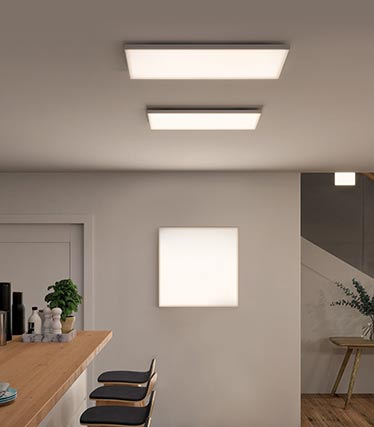









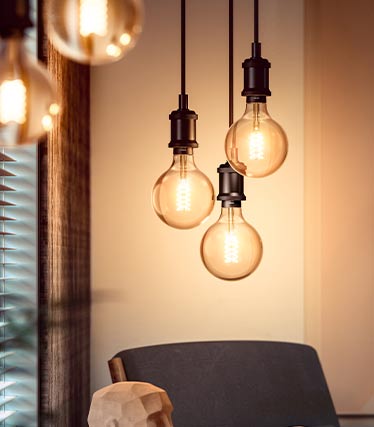








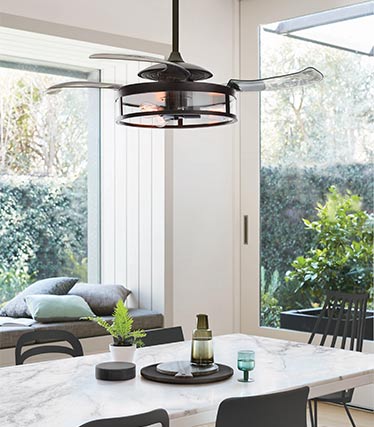

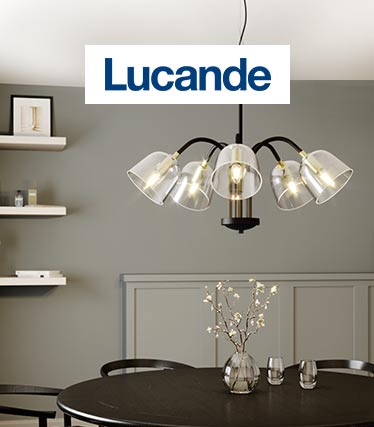




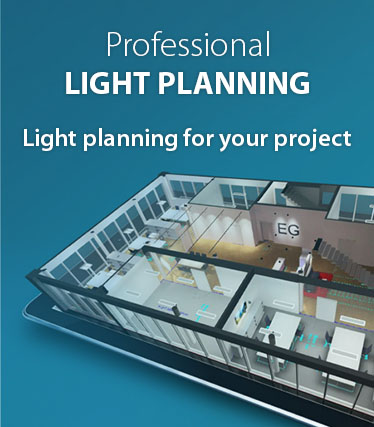




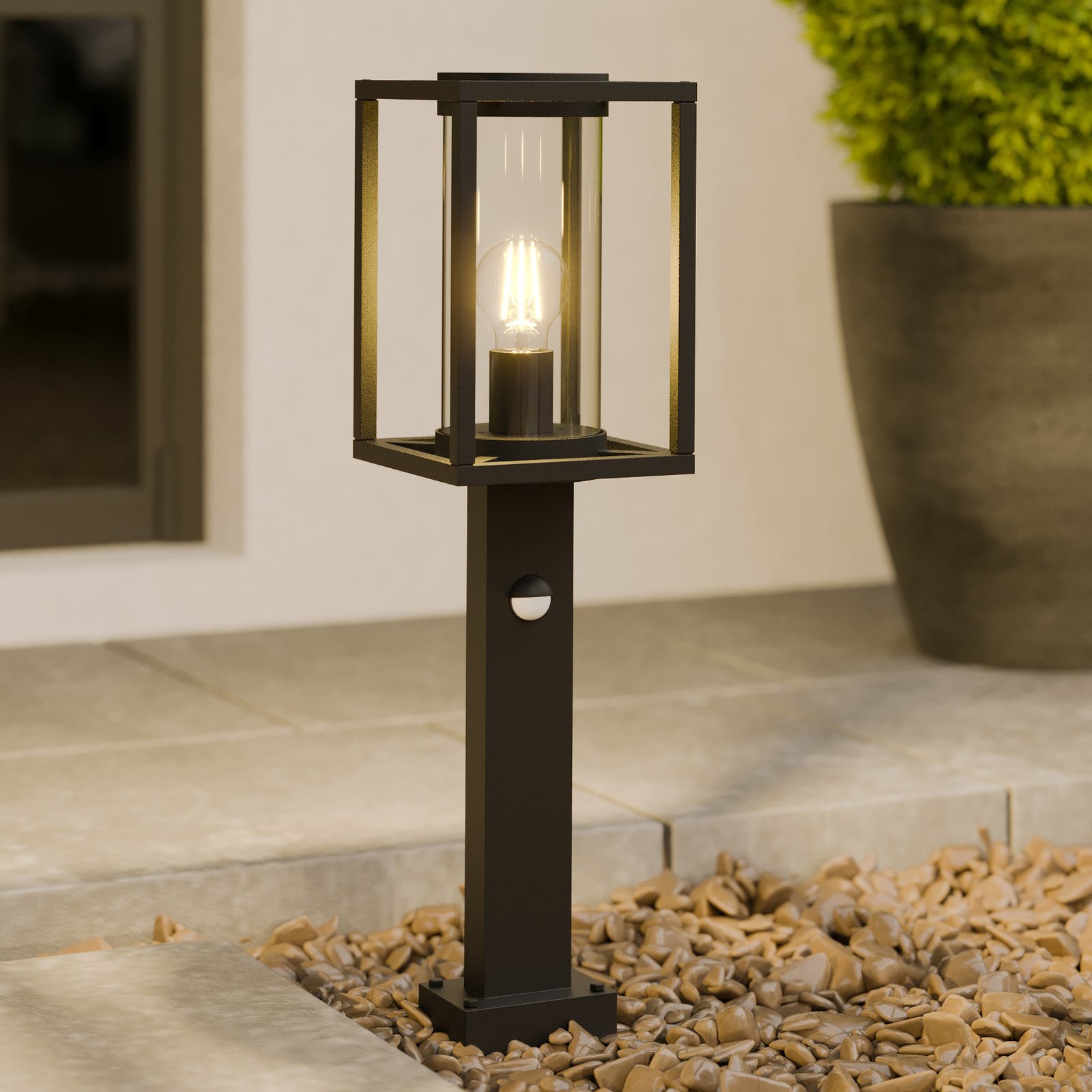
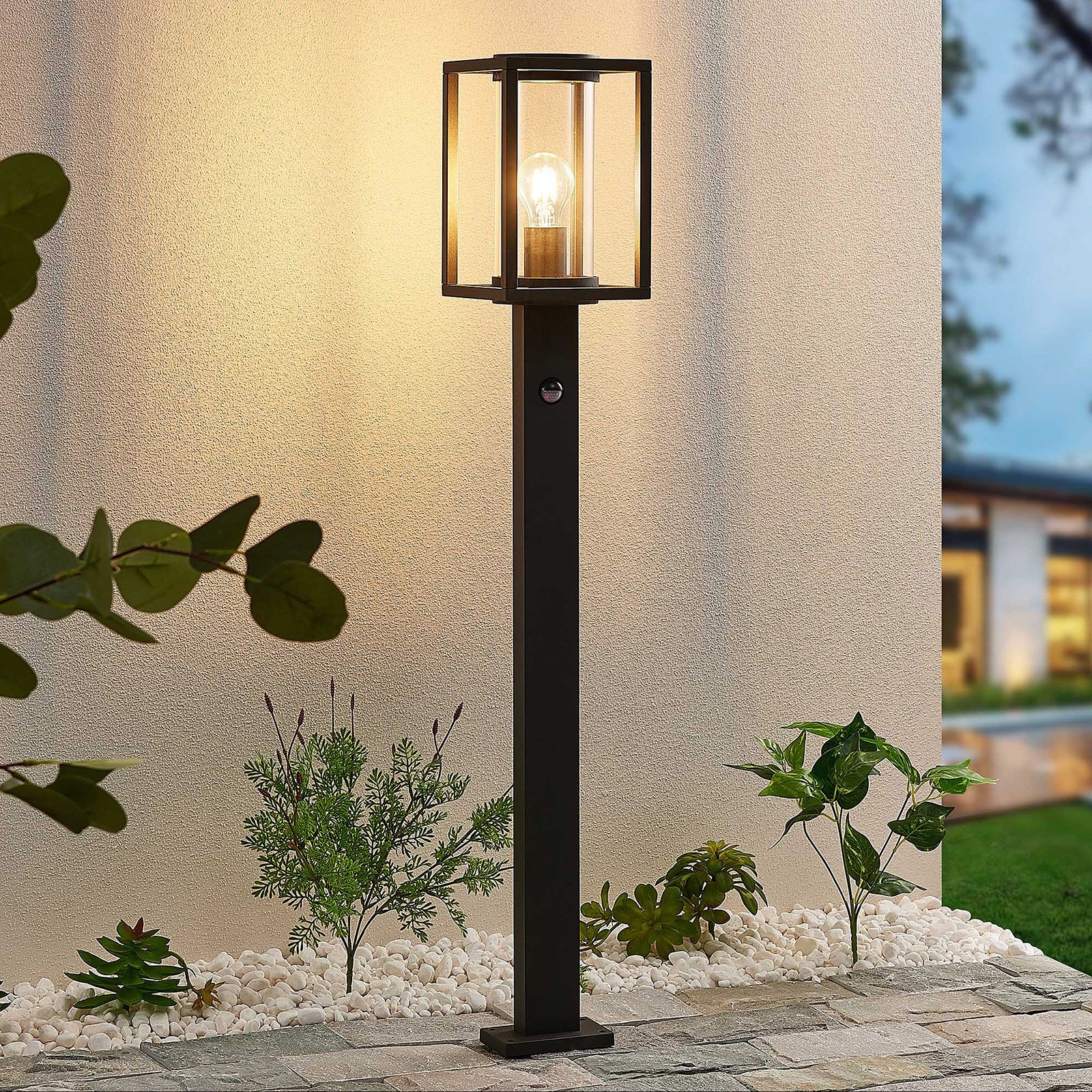
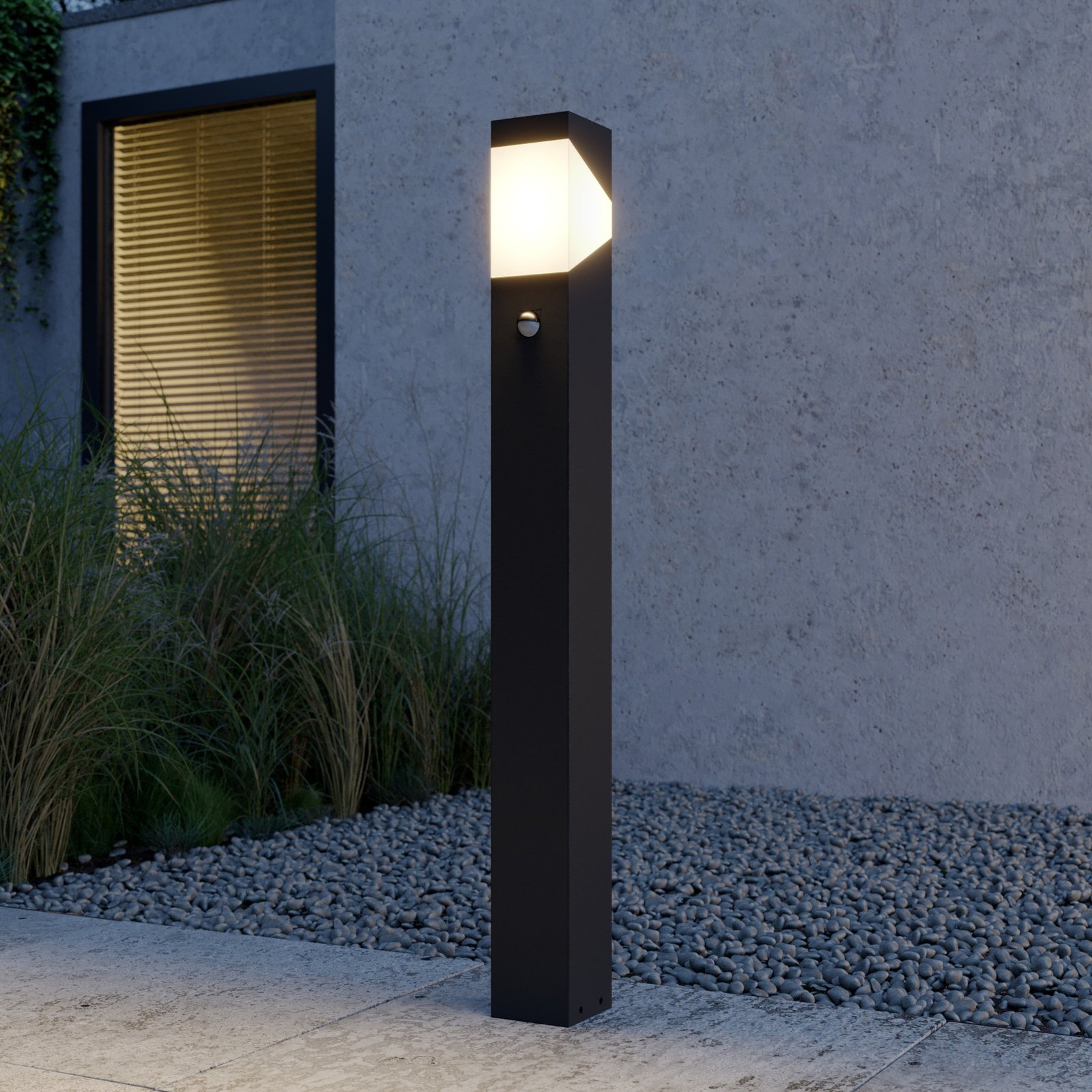
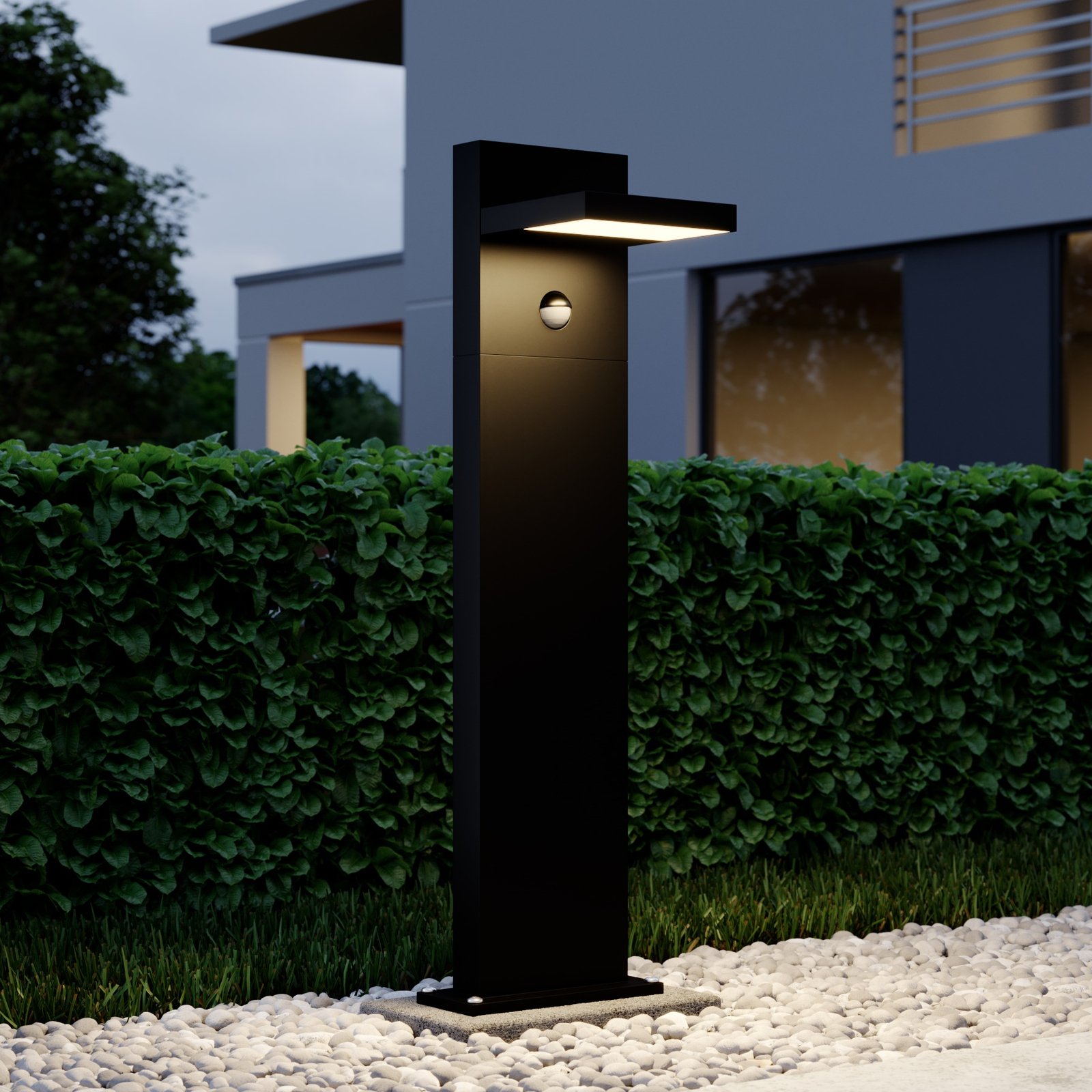
:format(jpeg))
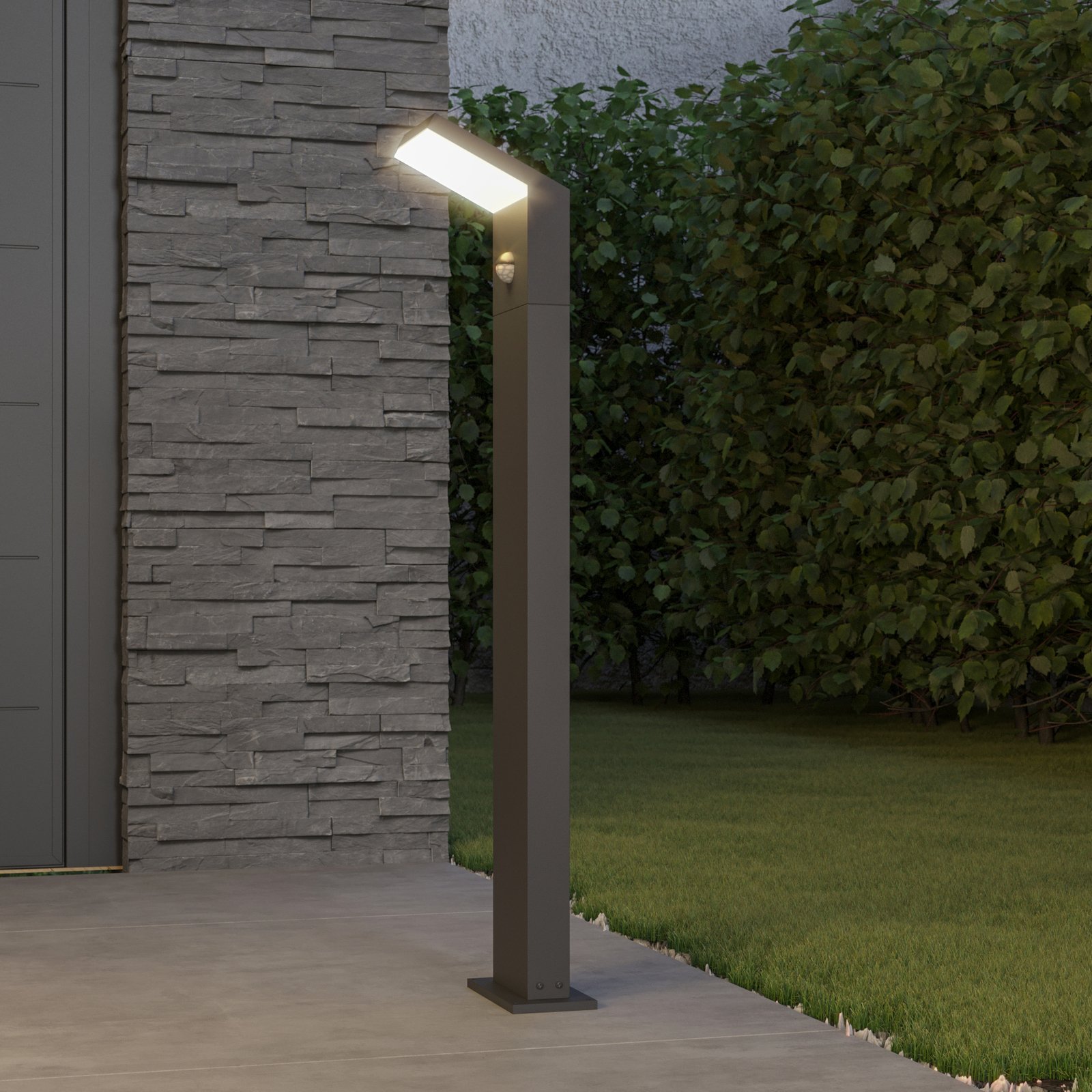
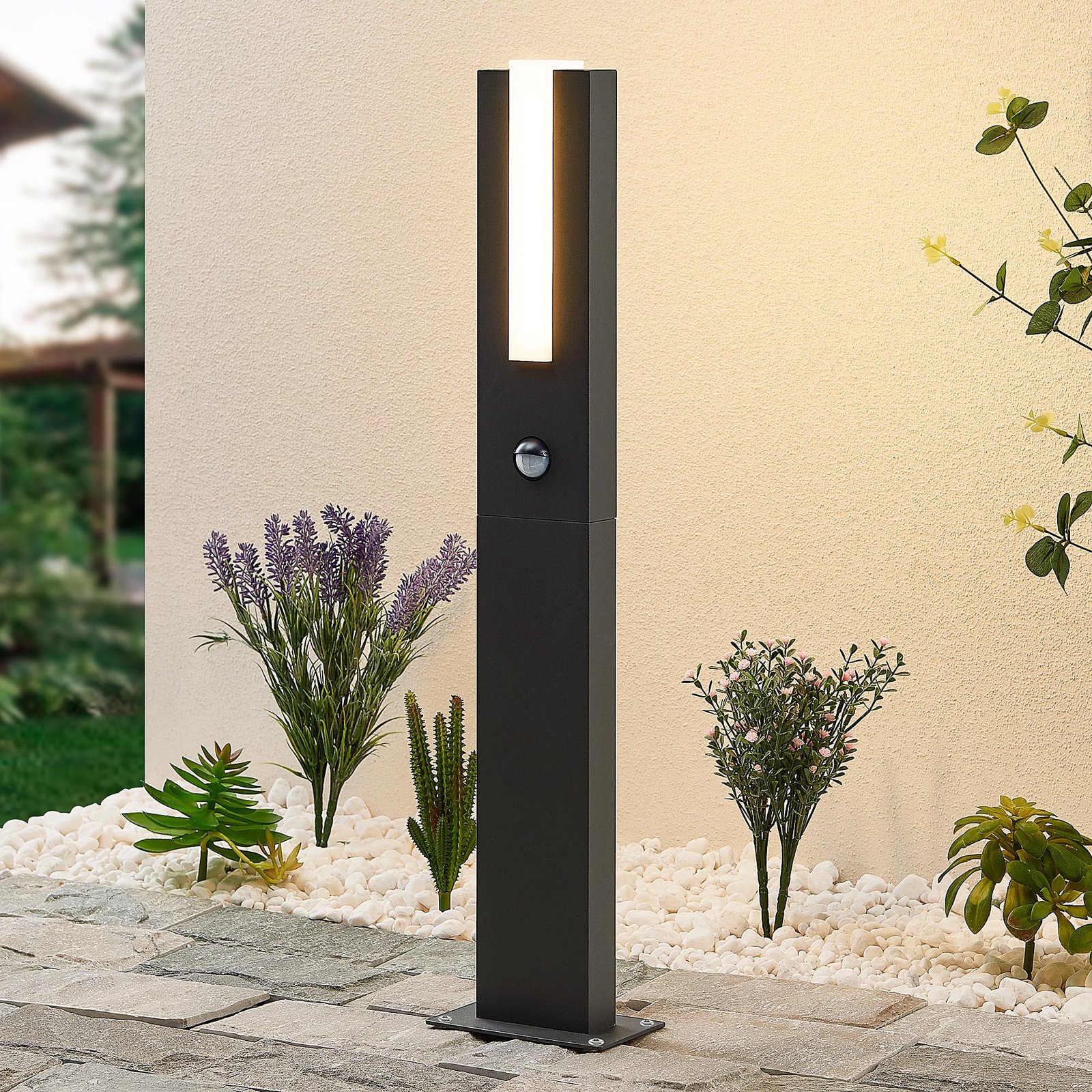
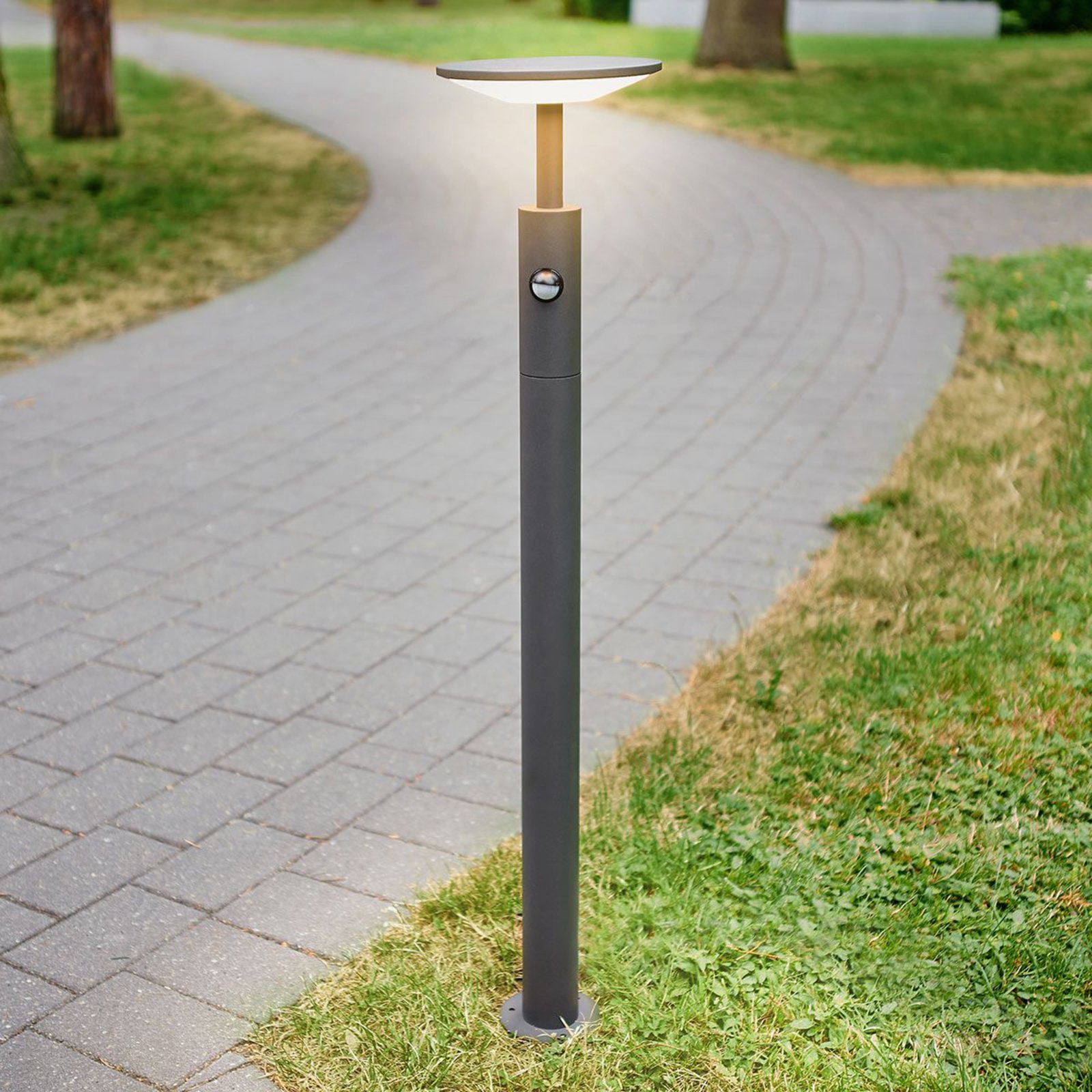


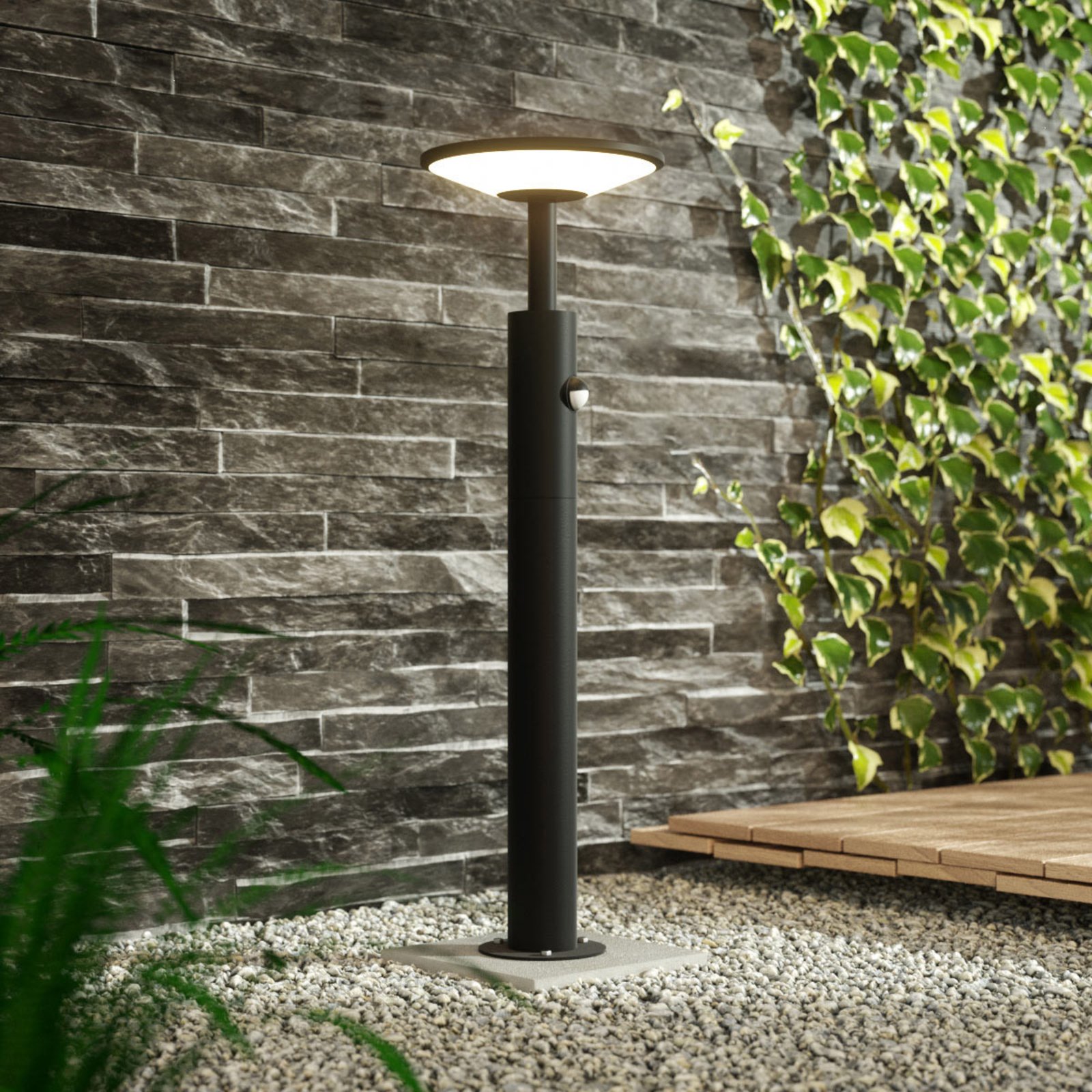
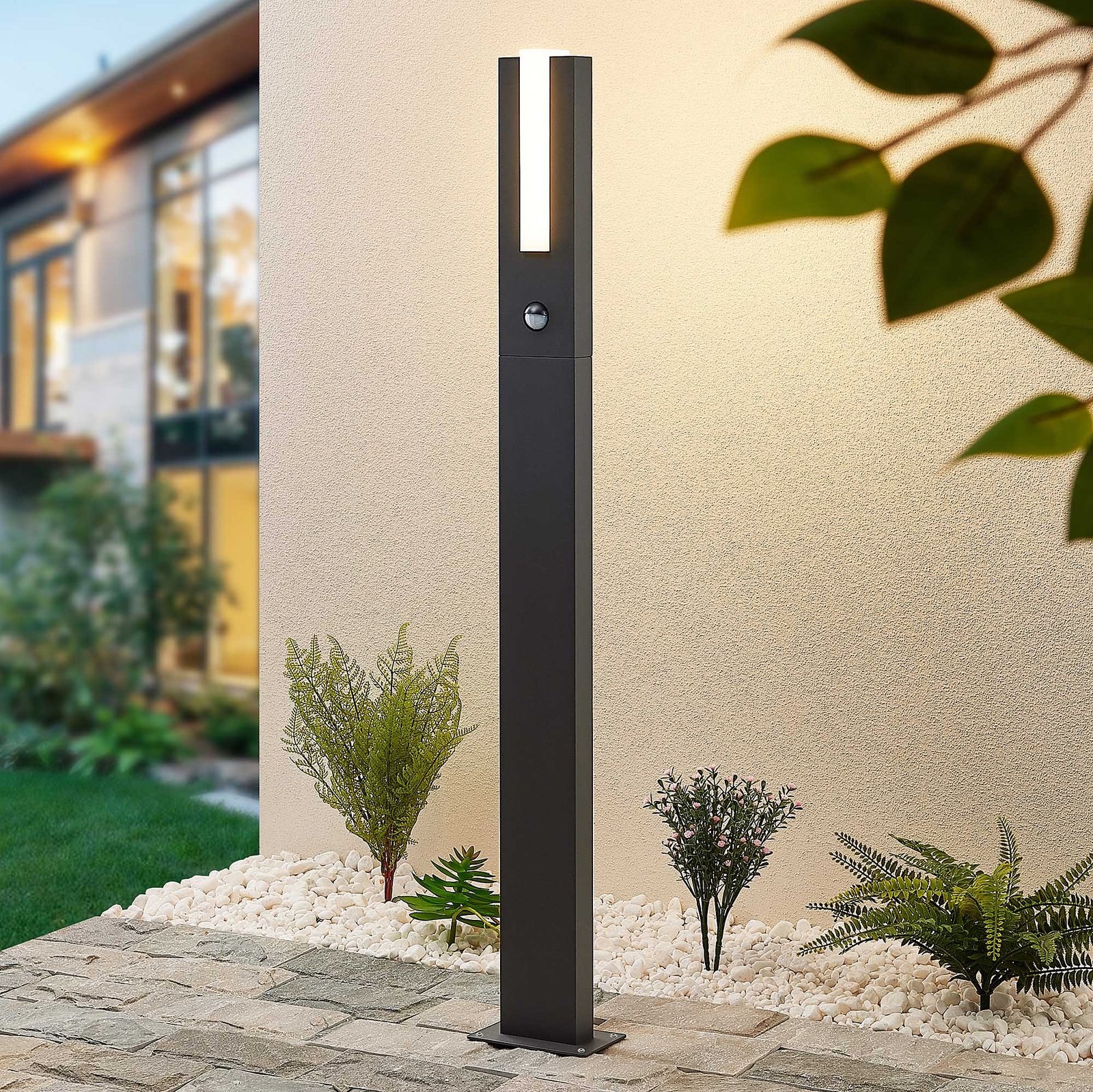
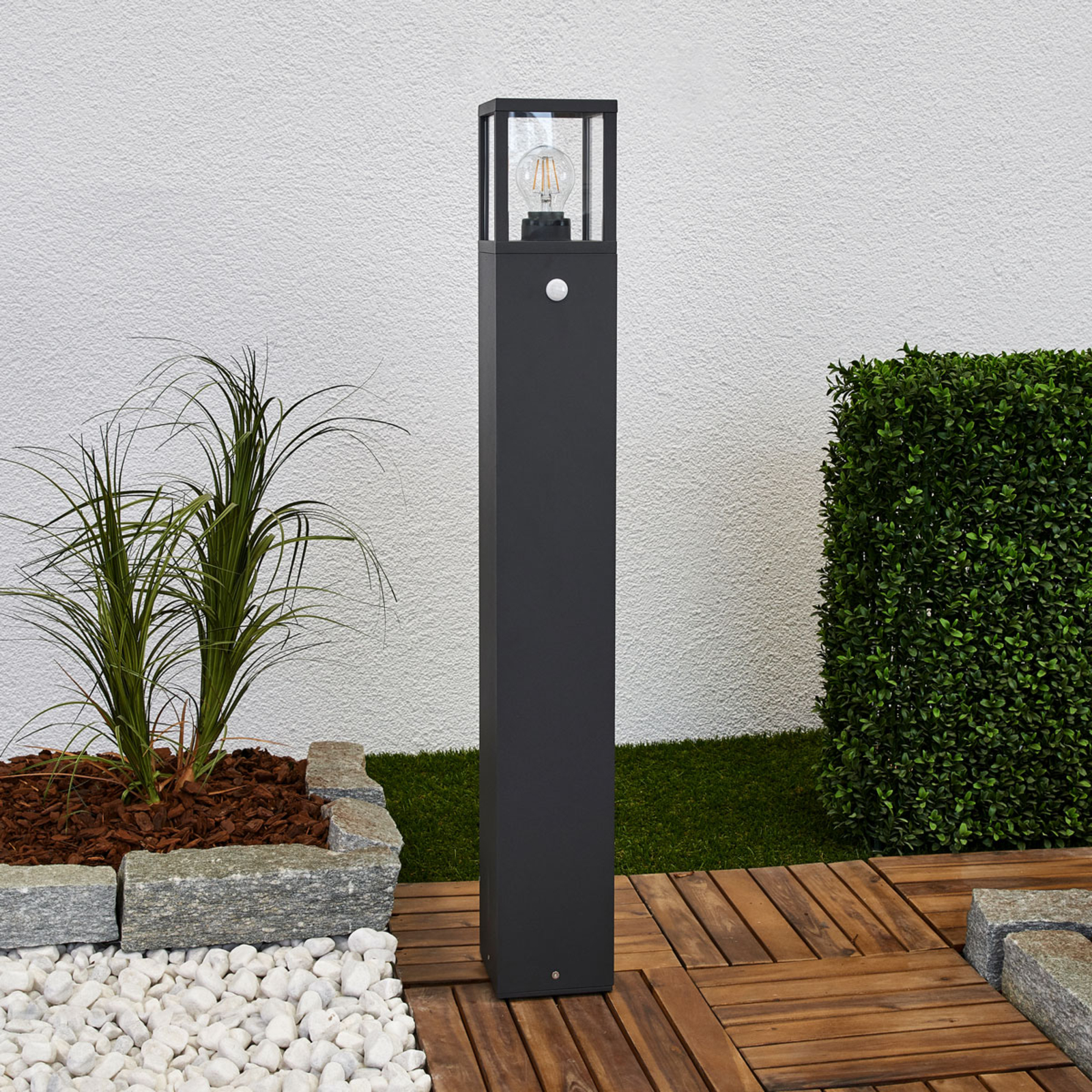
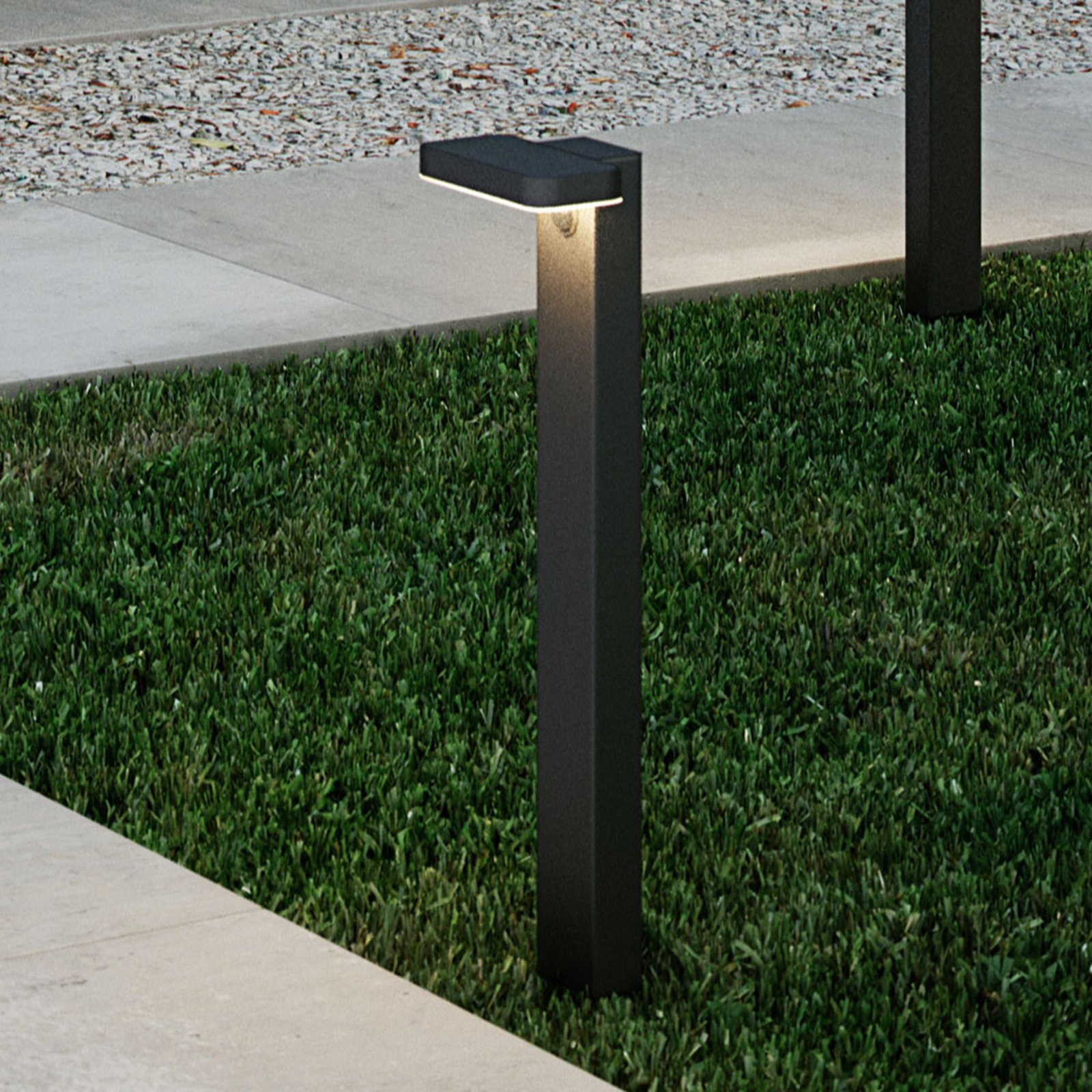
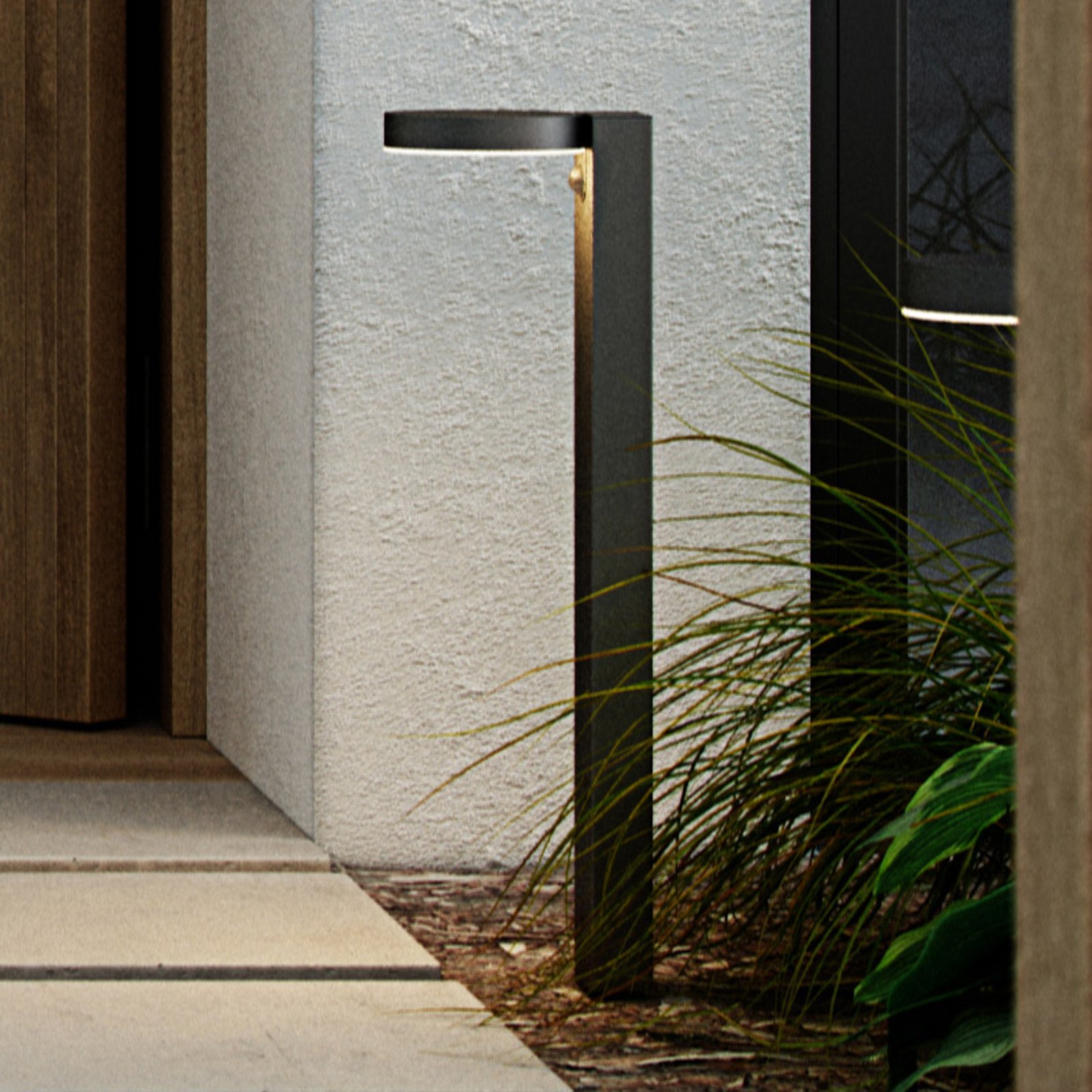

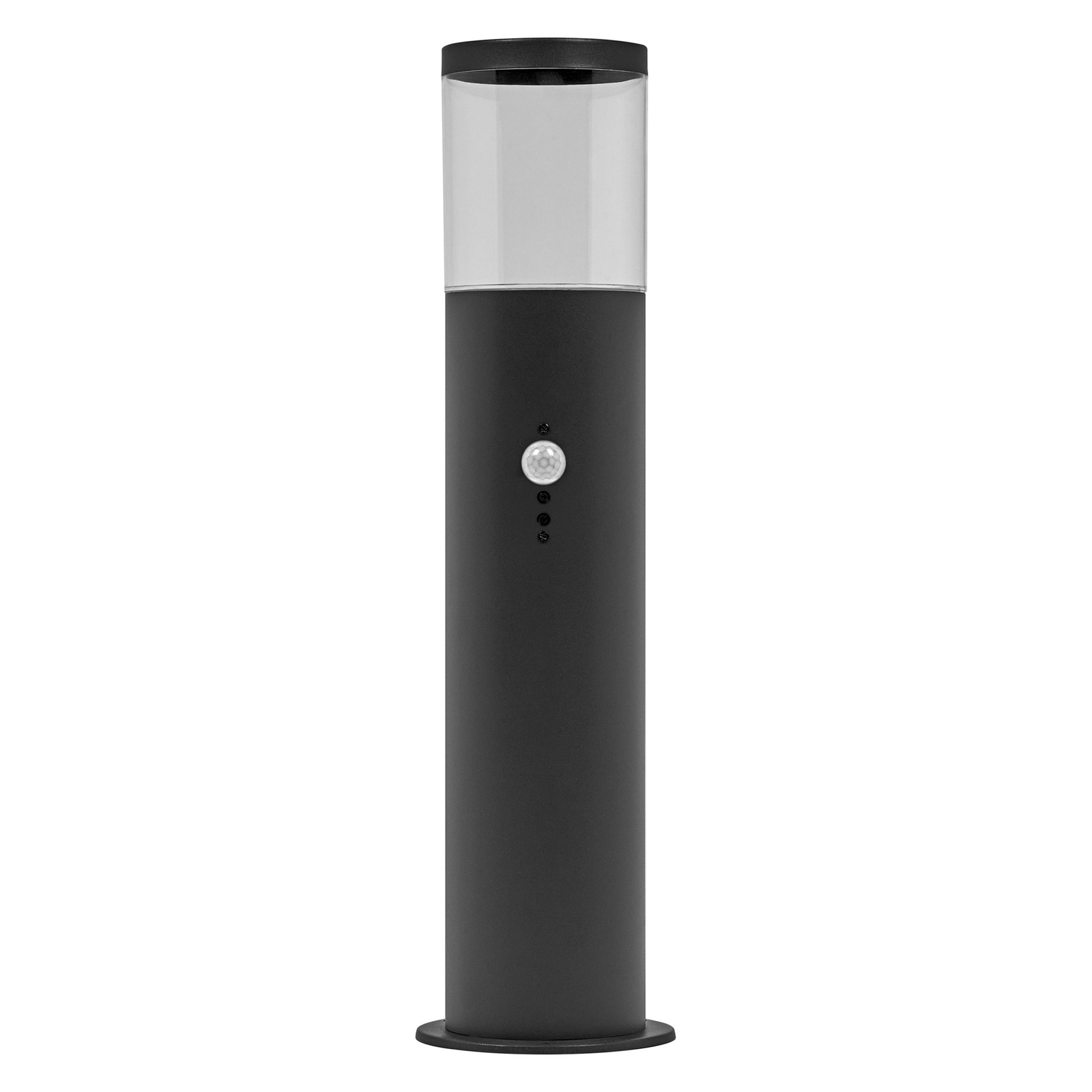
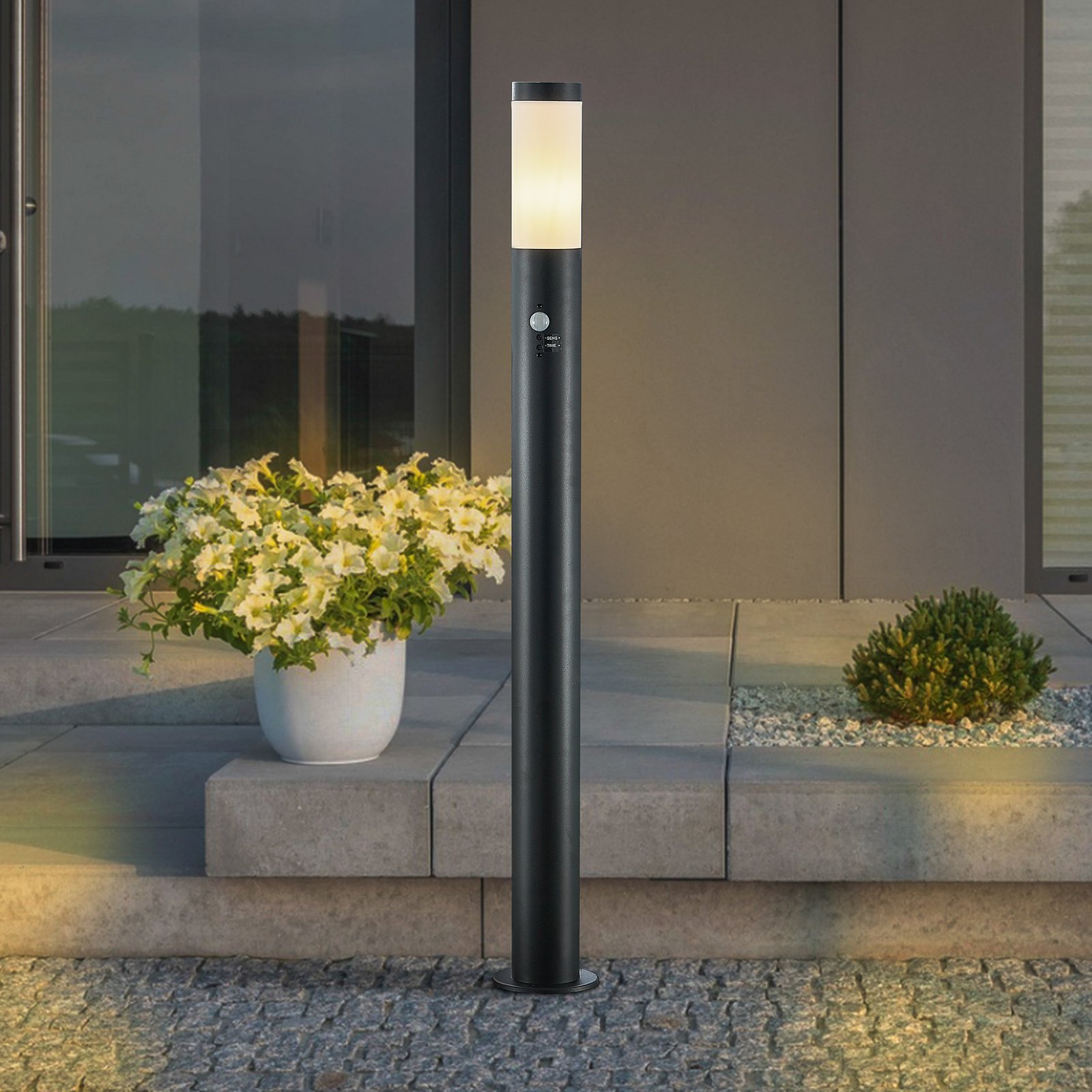
:format(jpeg))
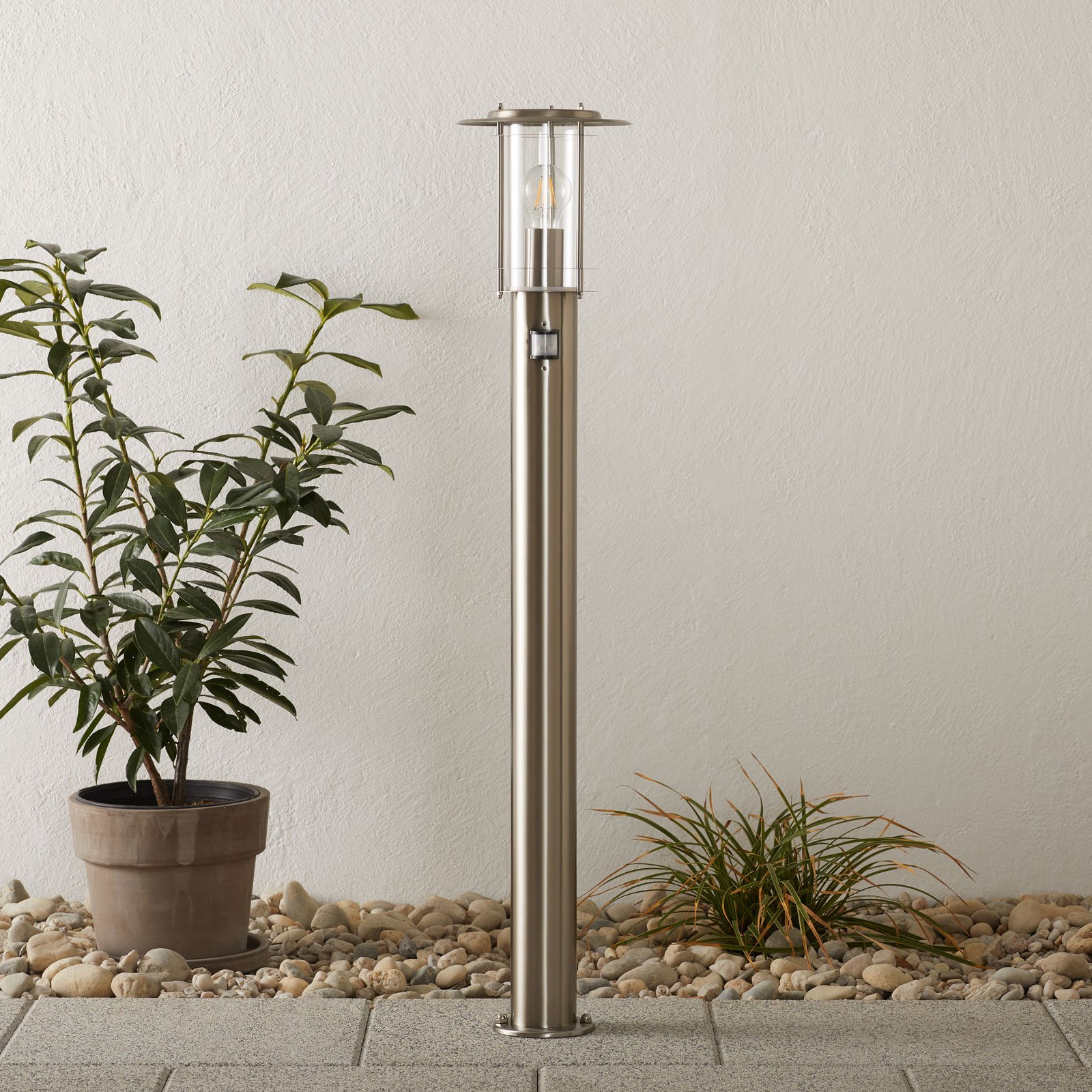
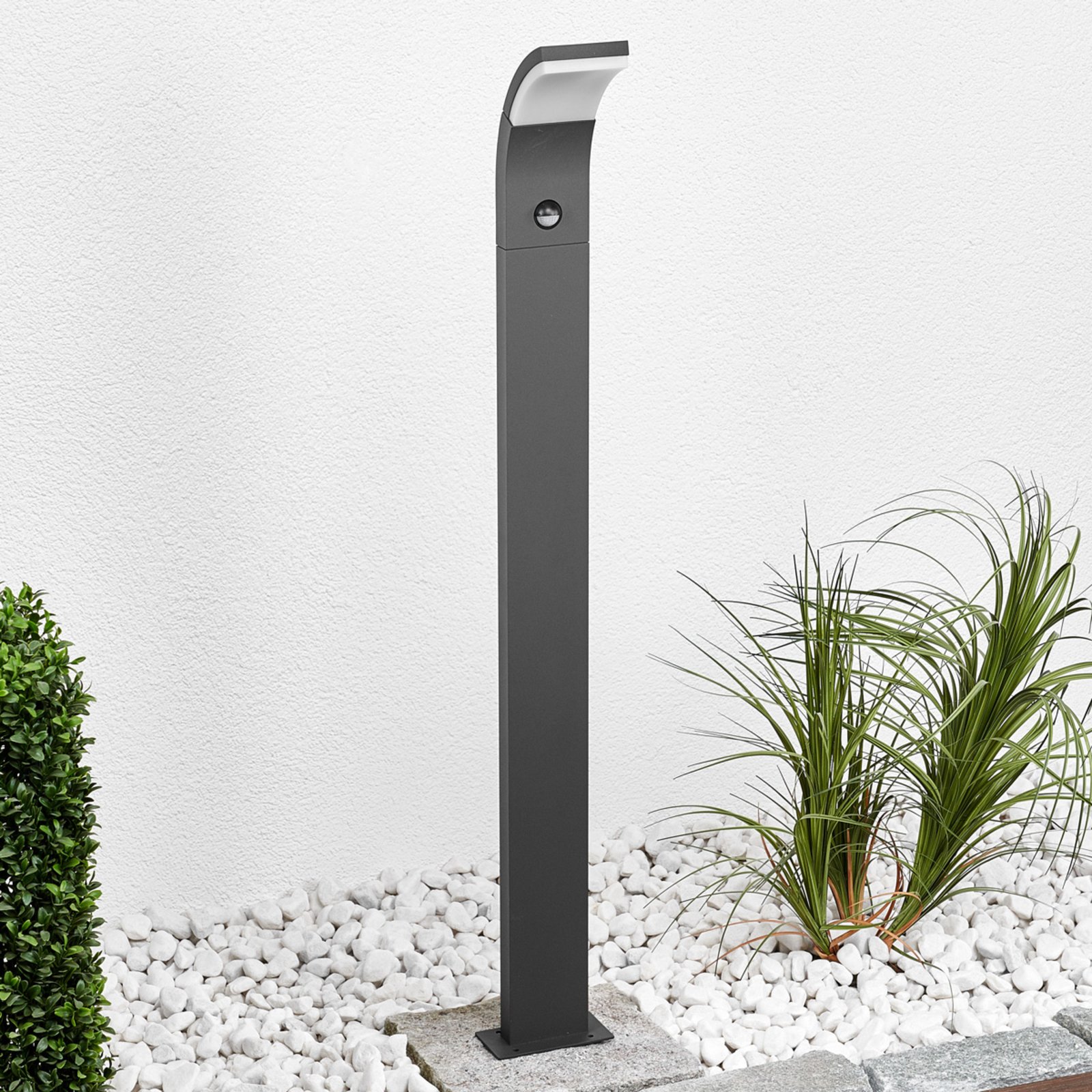
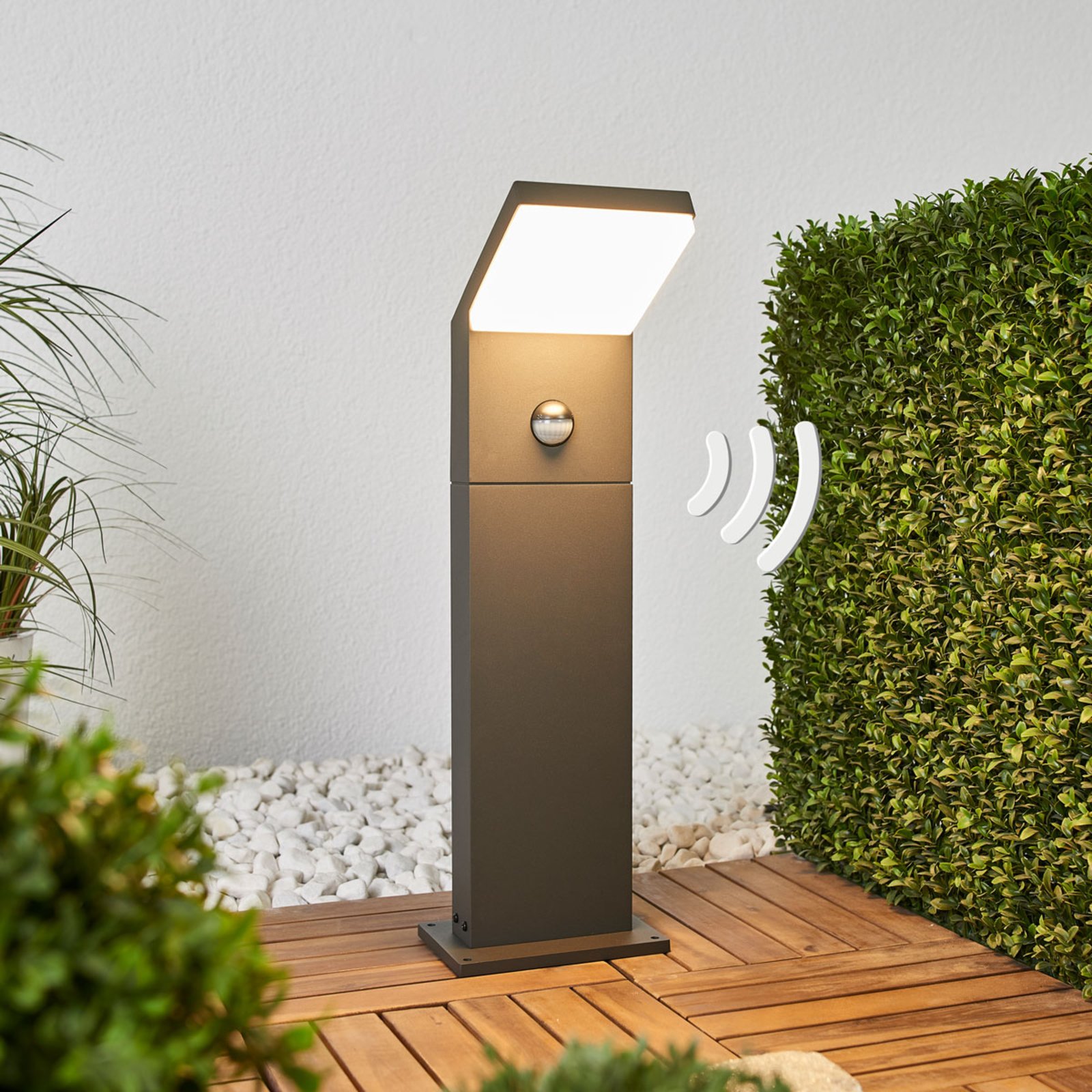
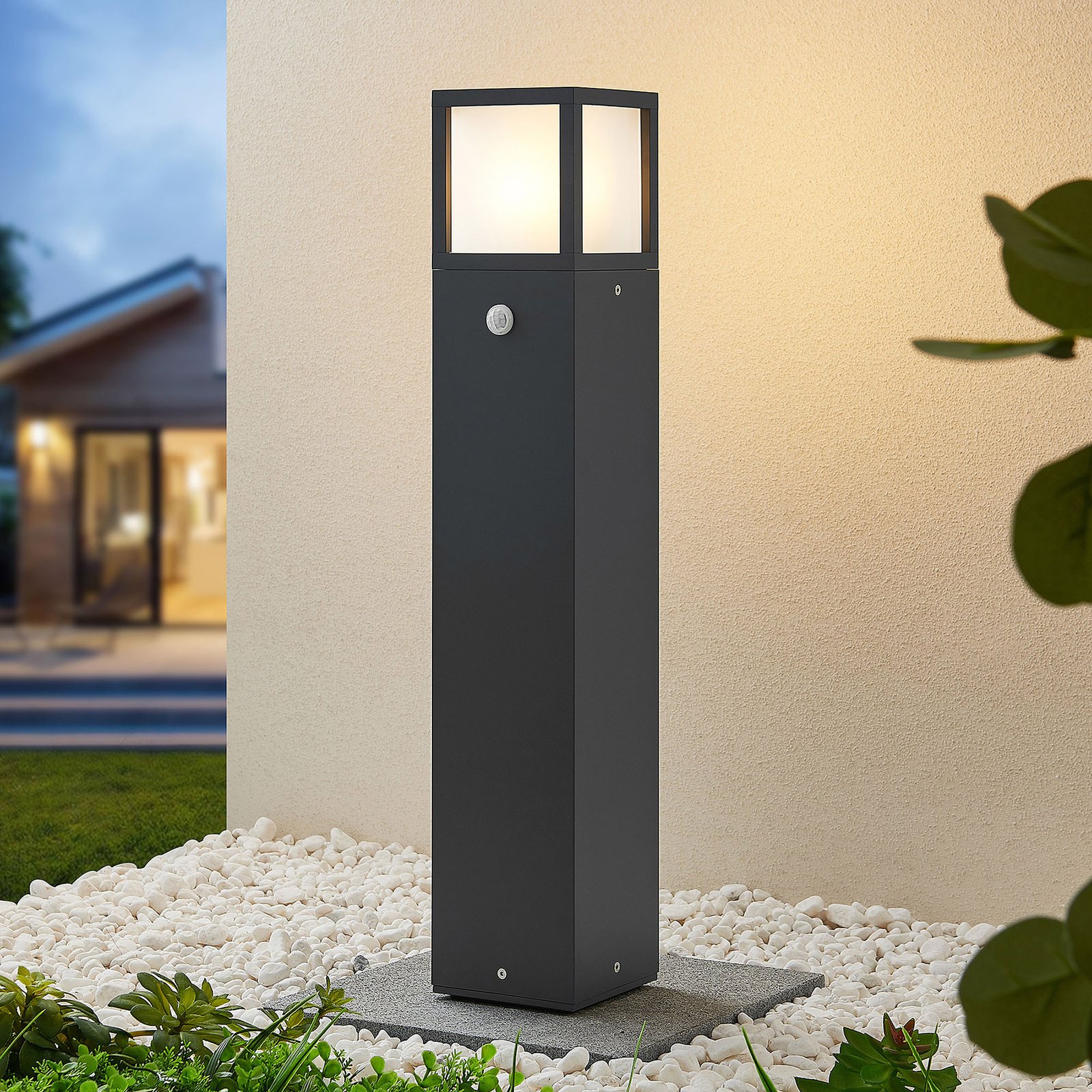
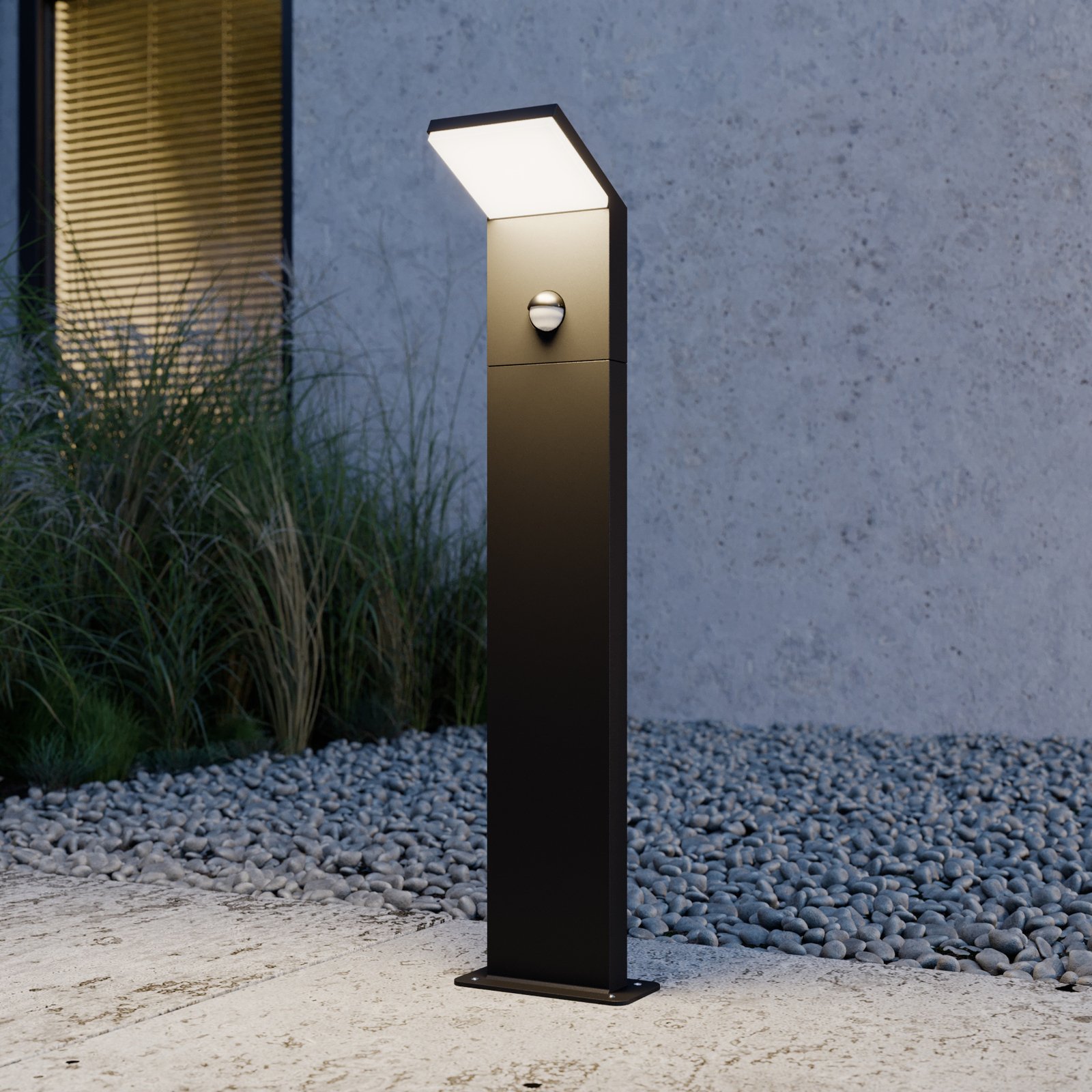
:format(jpeg))
:format(jpeg))
:format(jpeg))
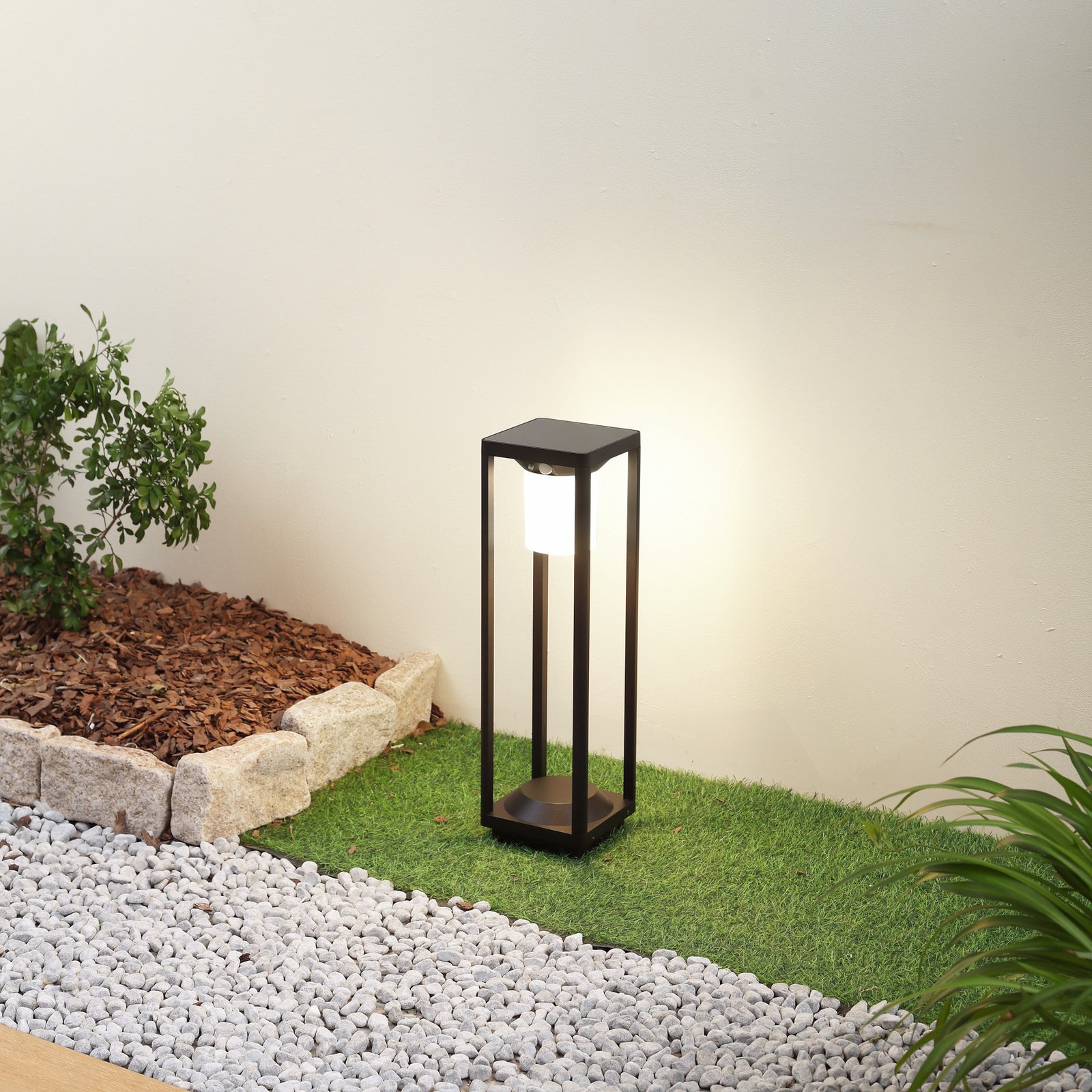
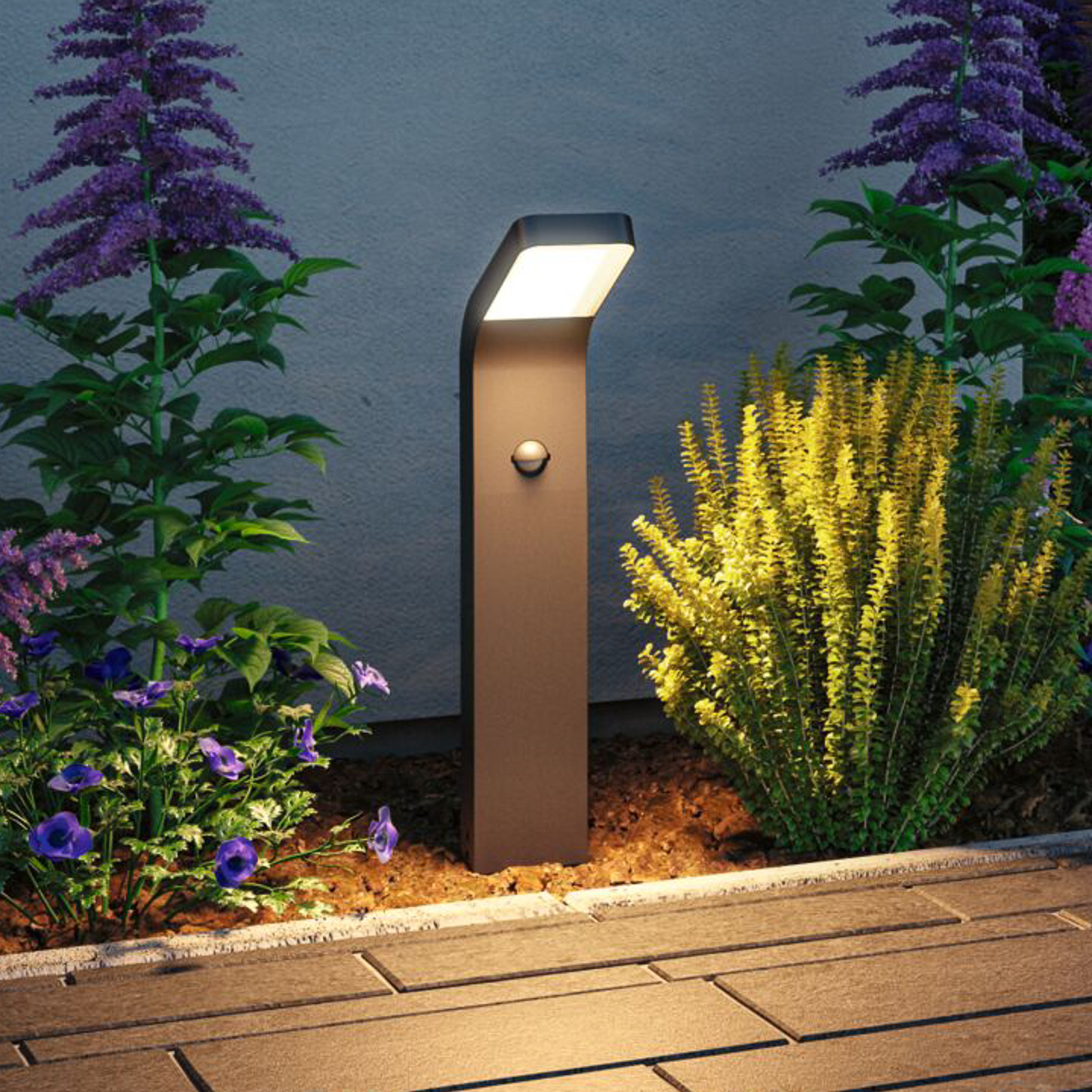
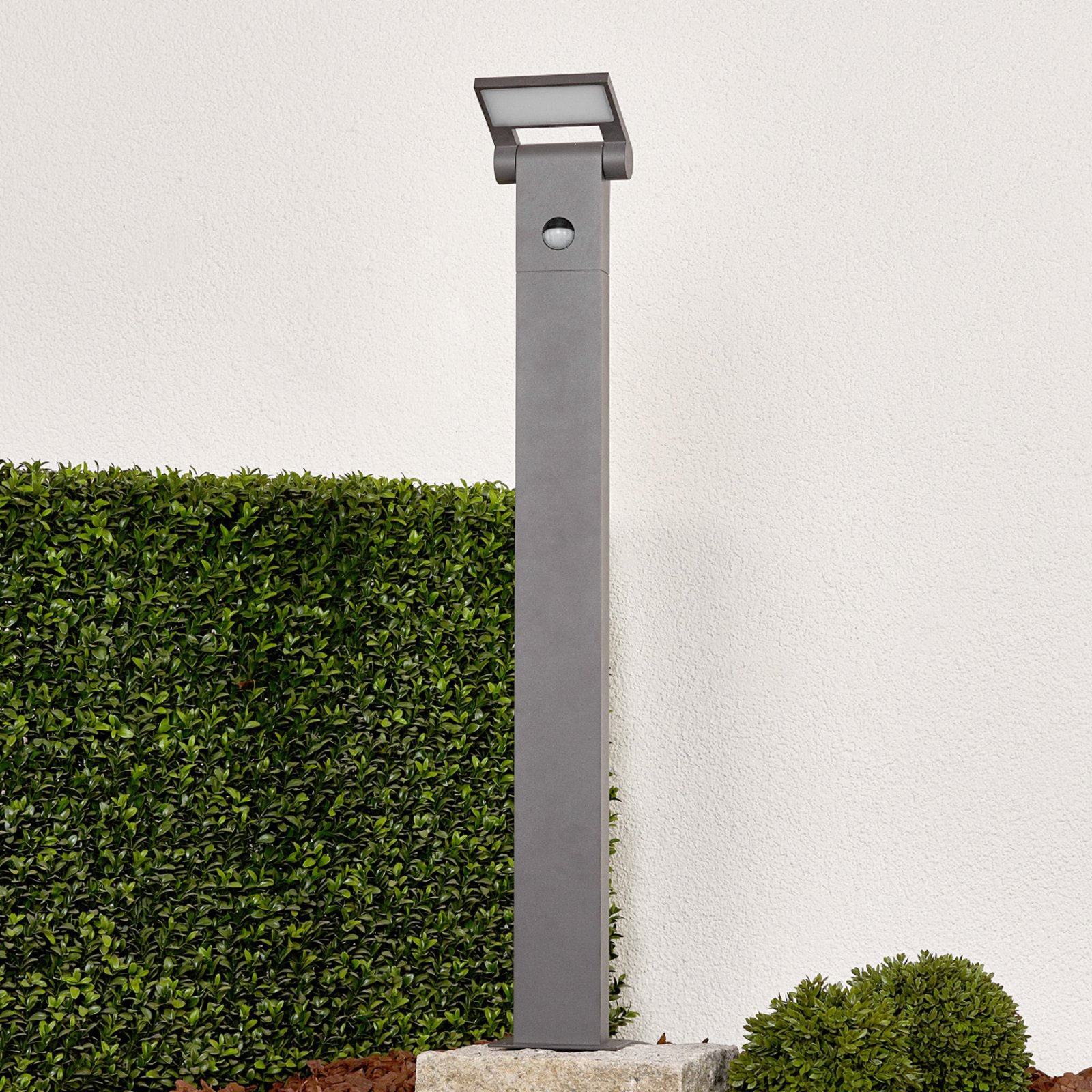
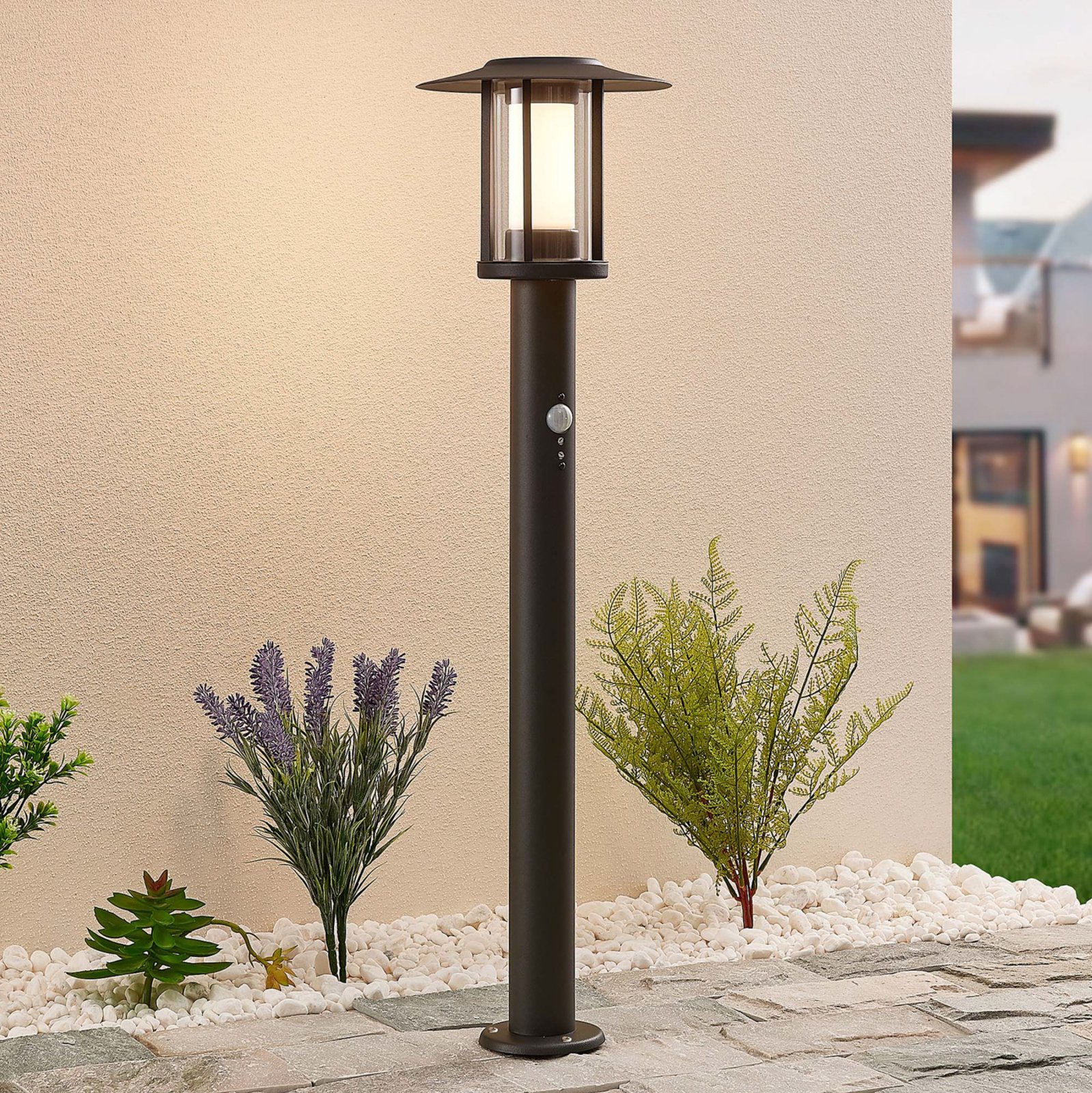
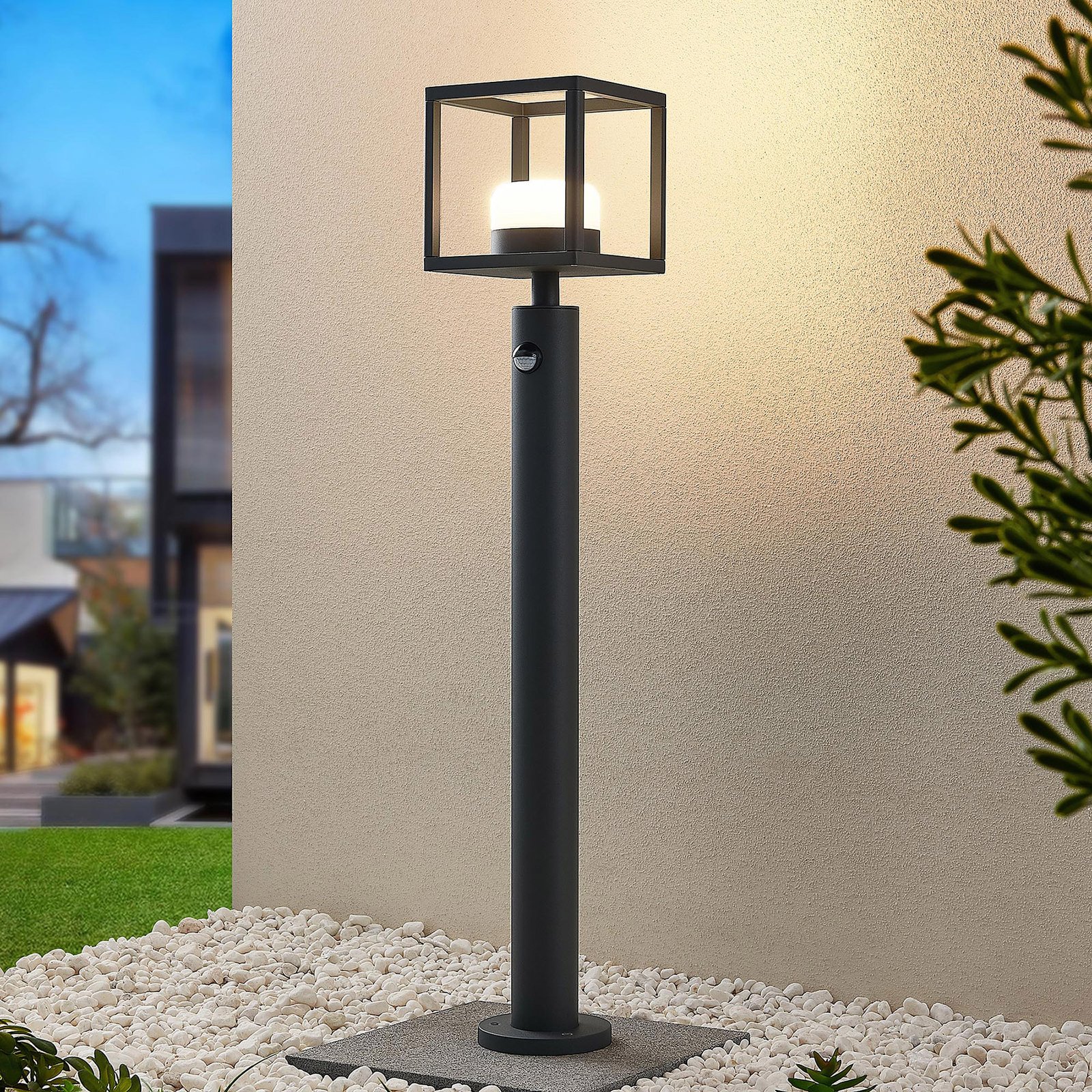
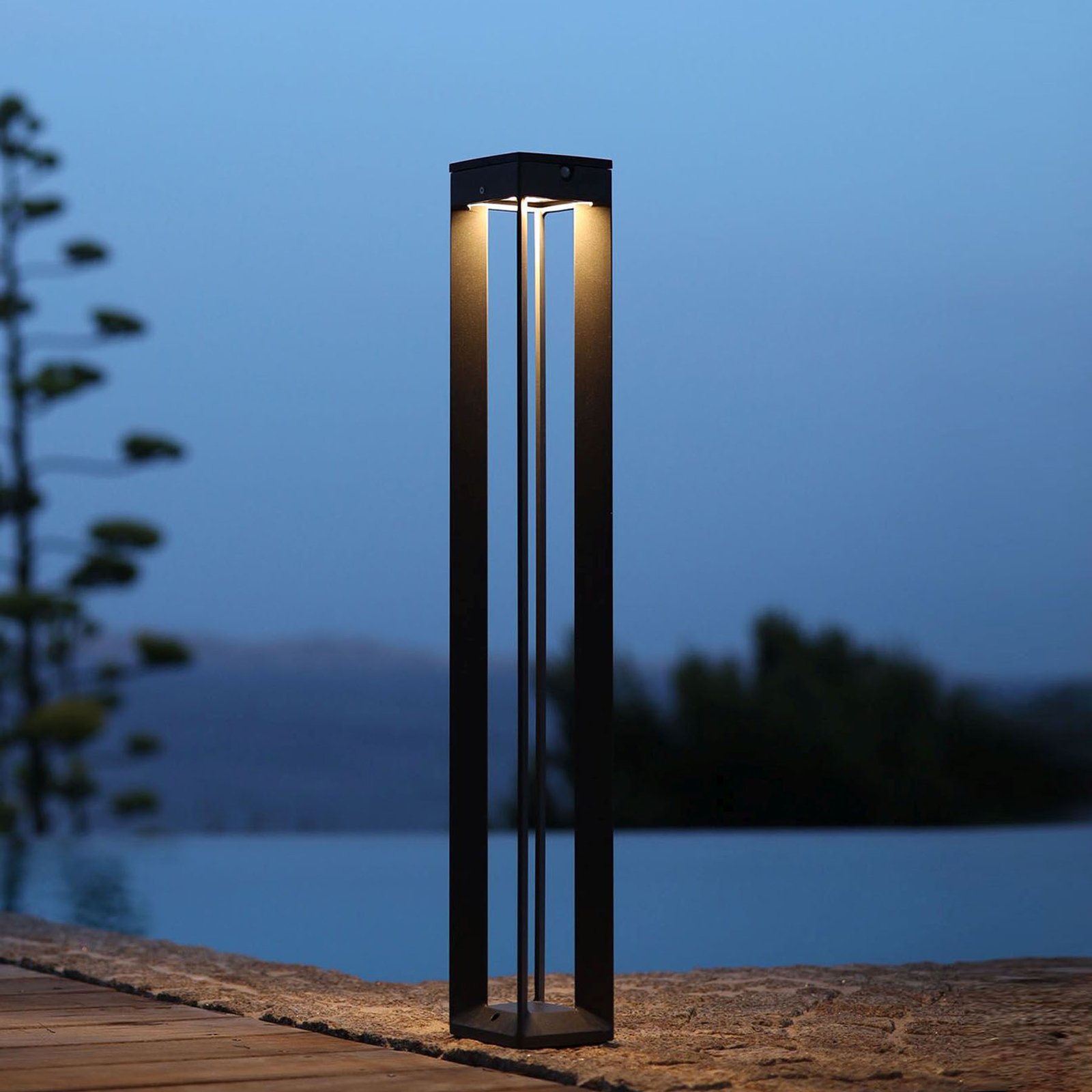
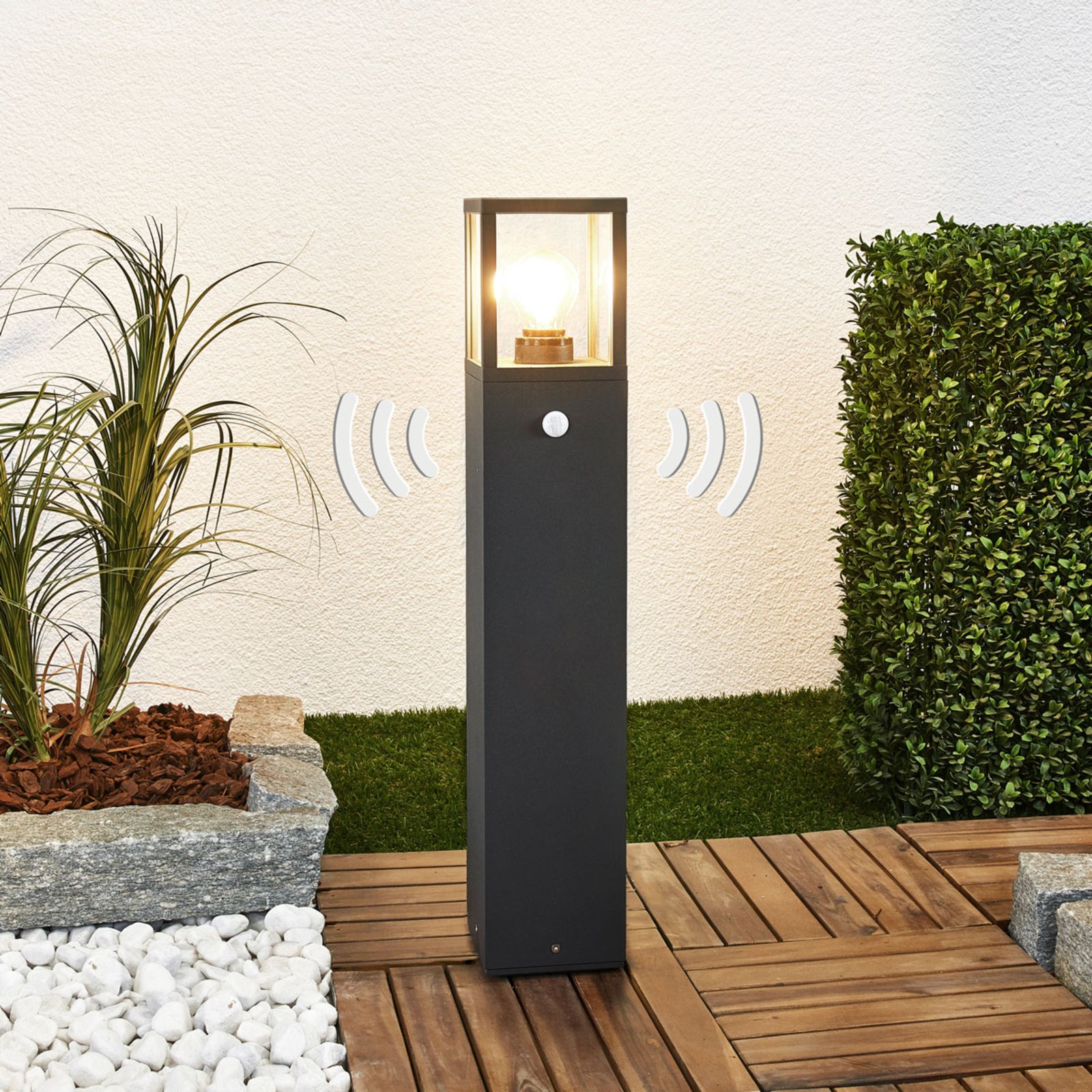
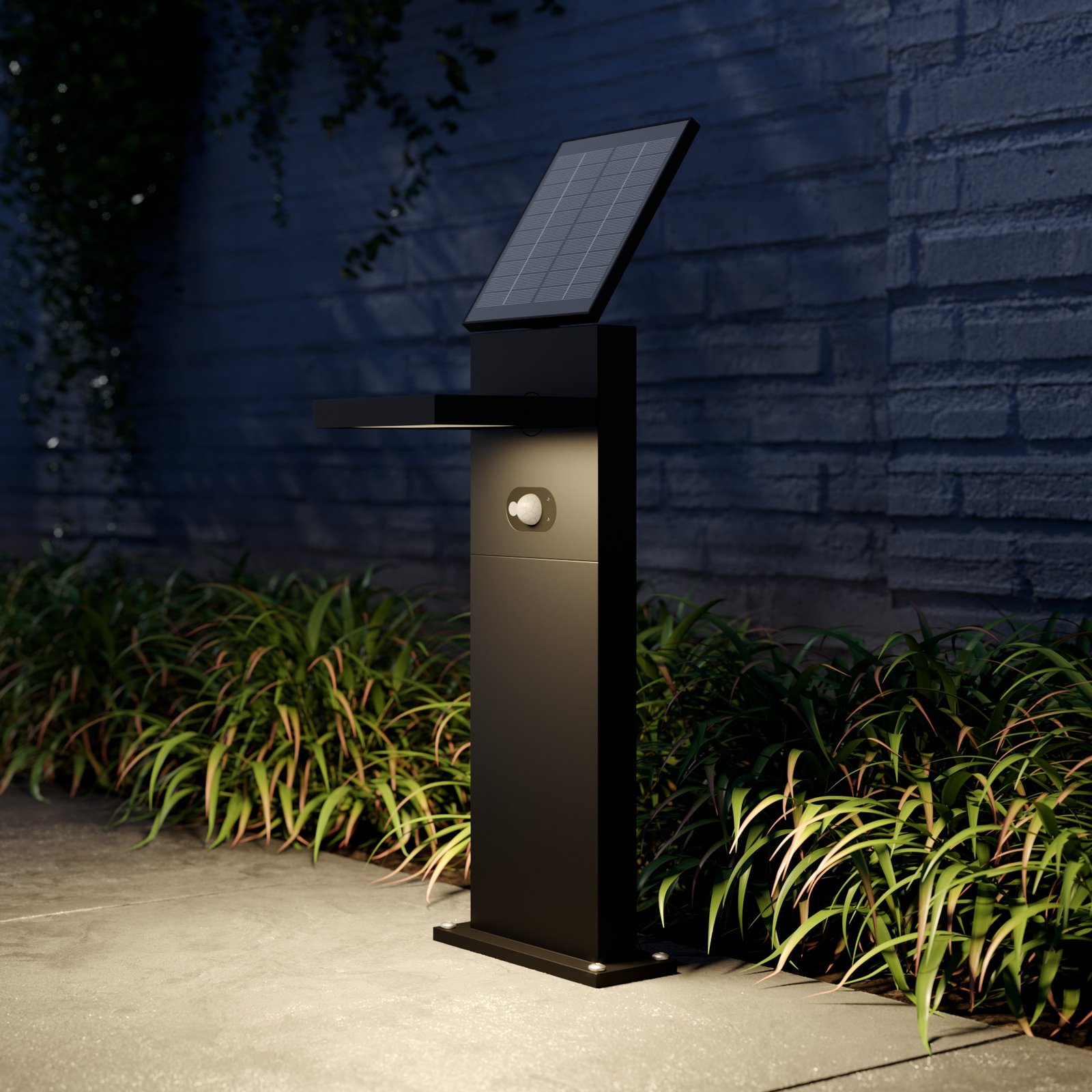
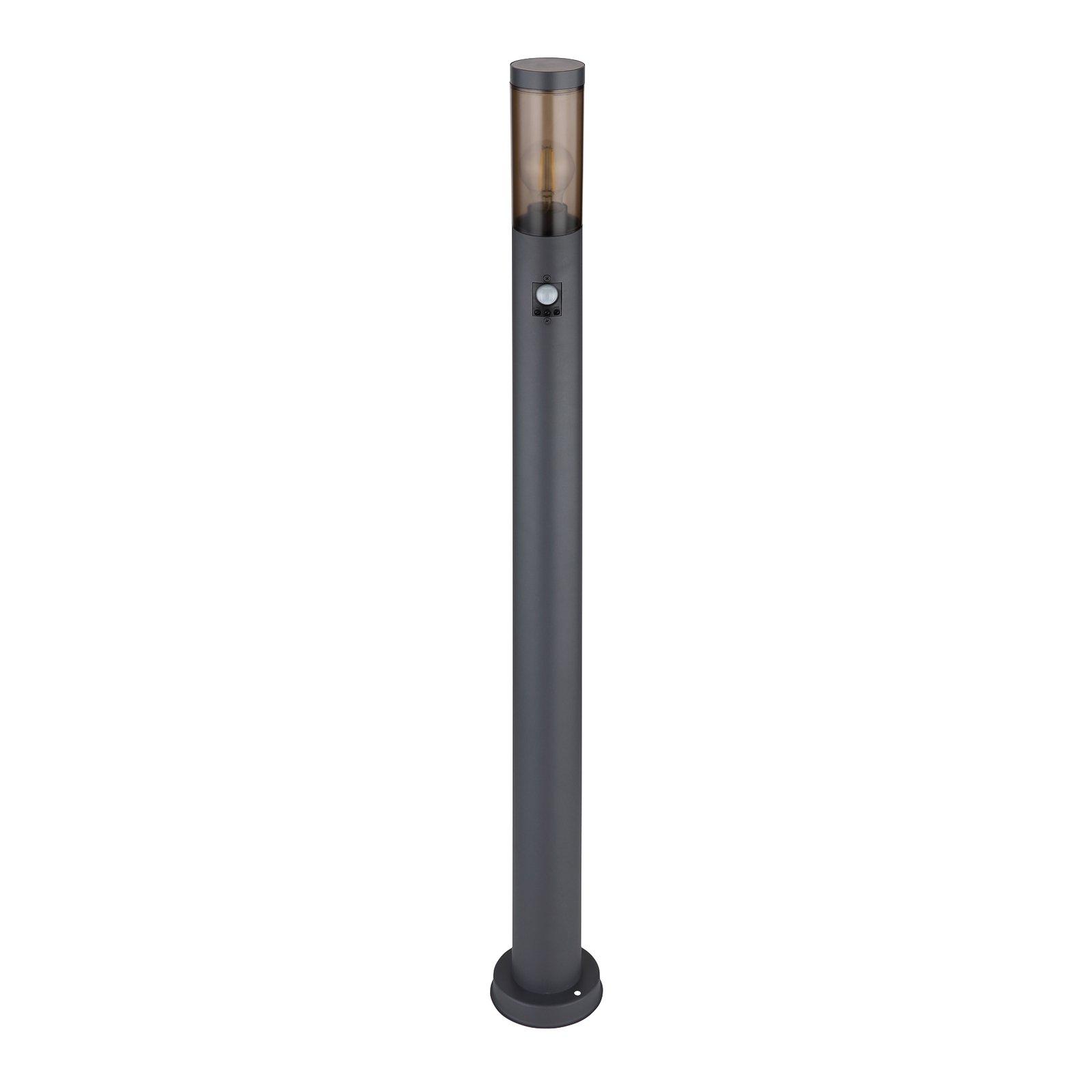
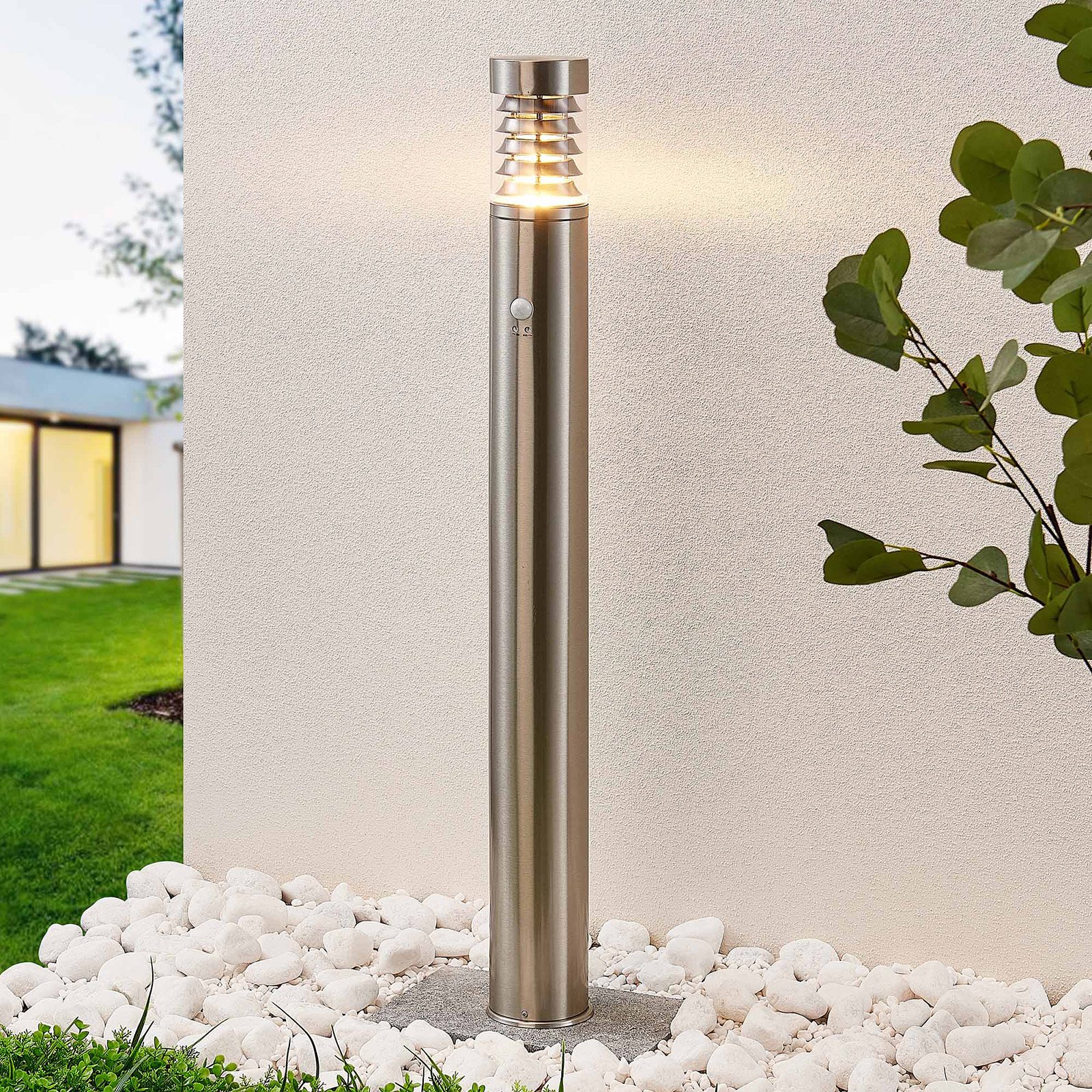
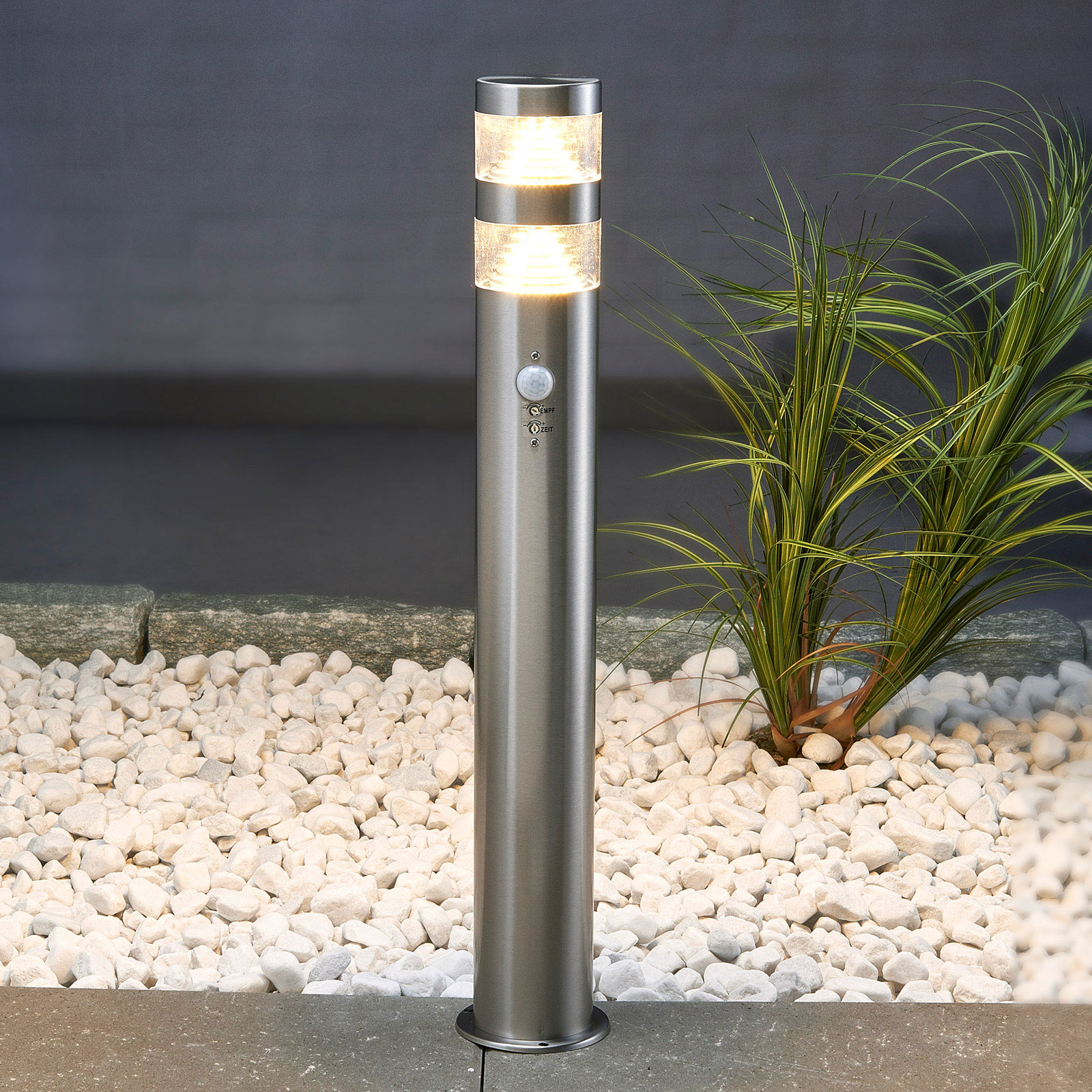
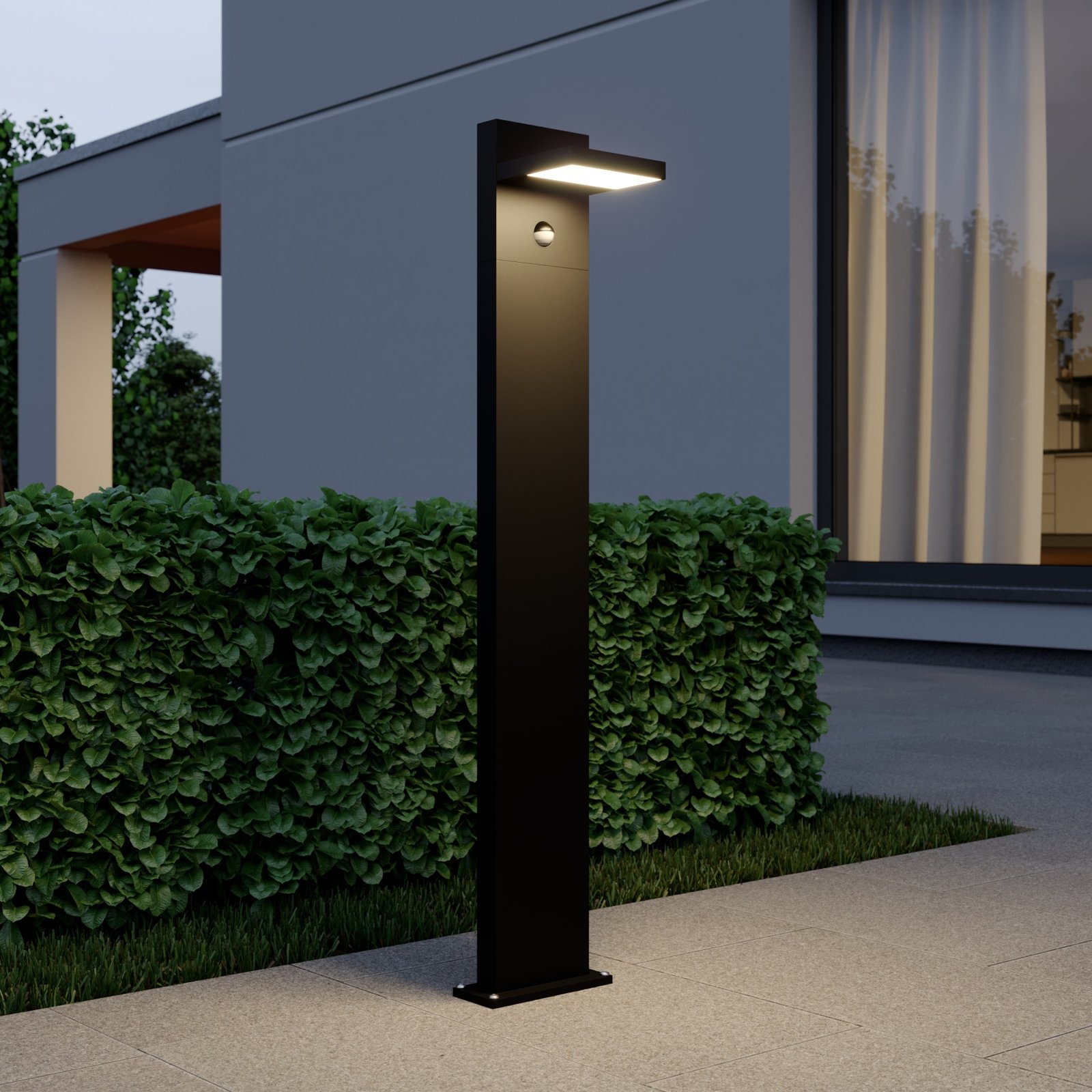
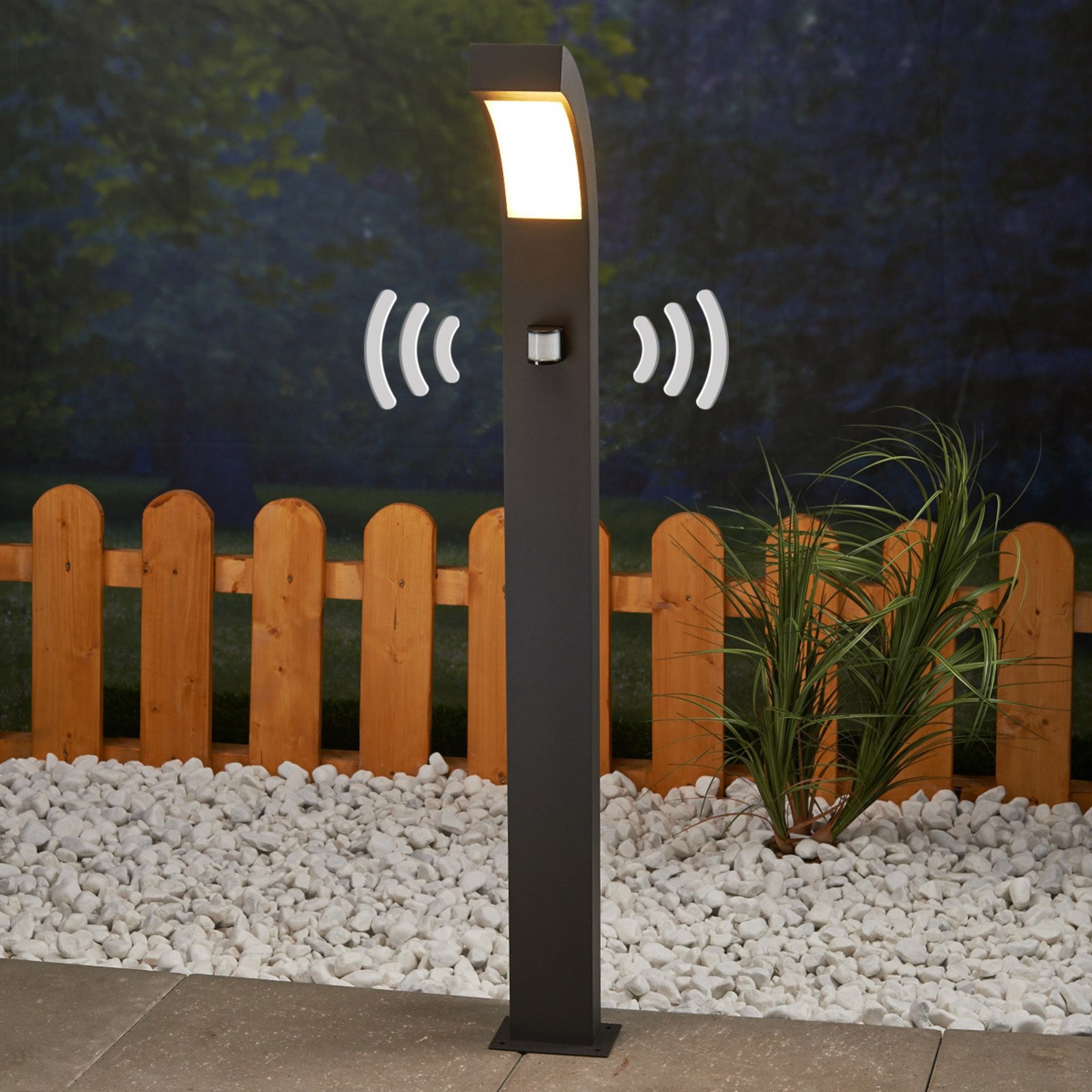
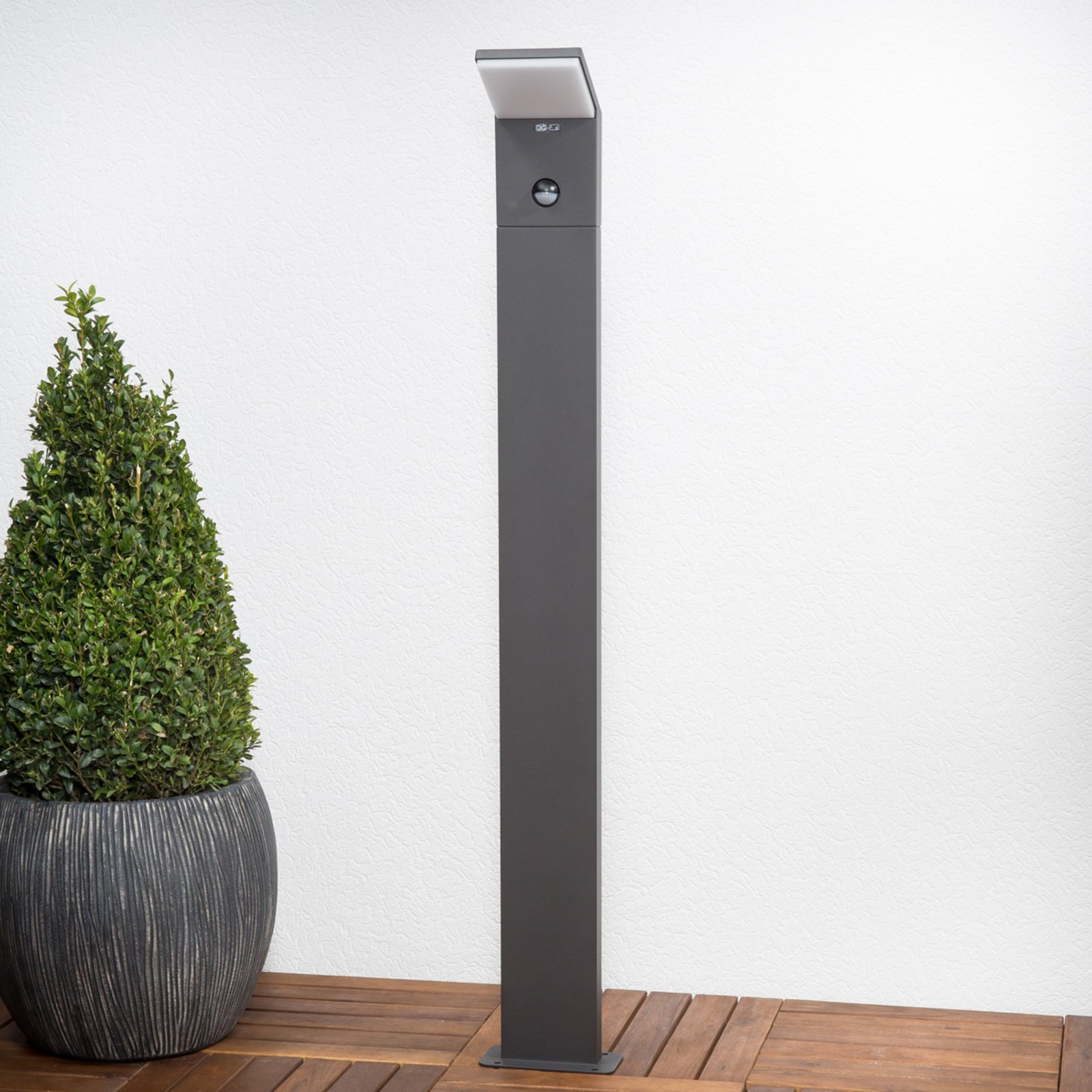
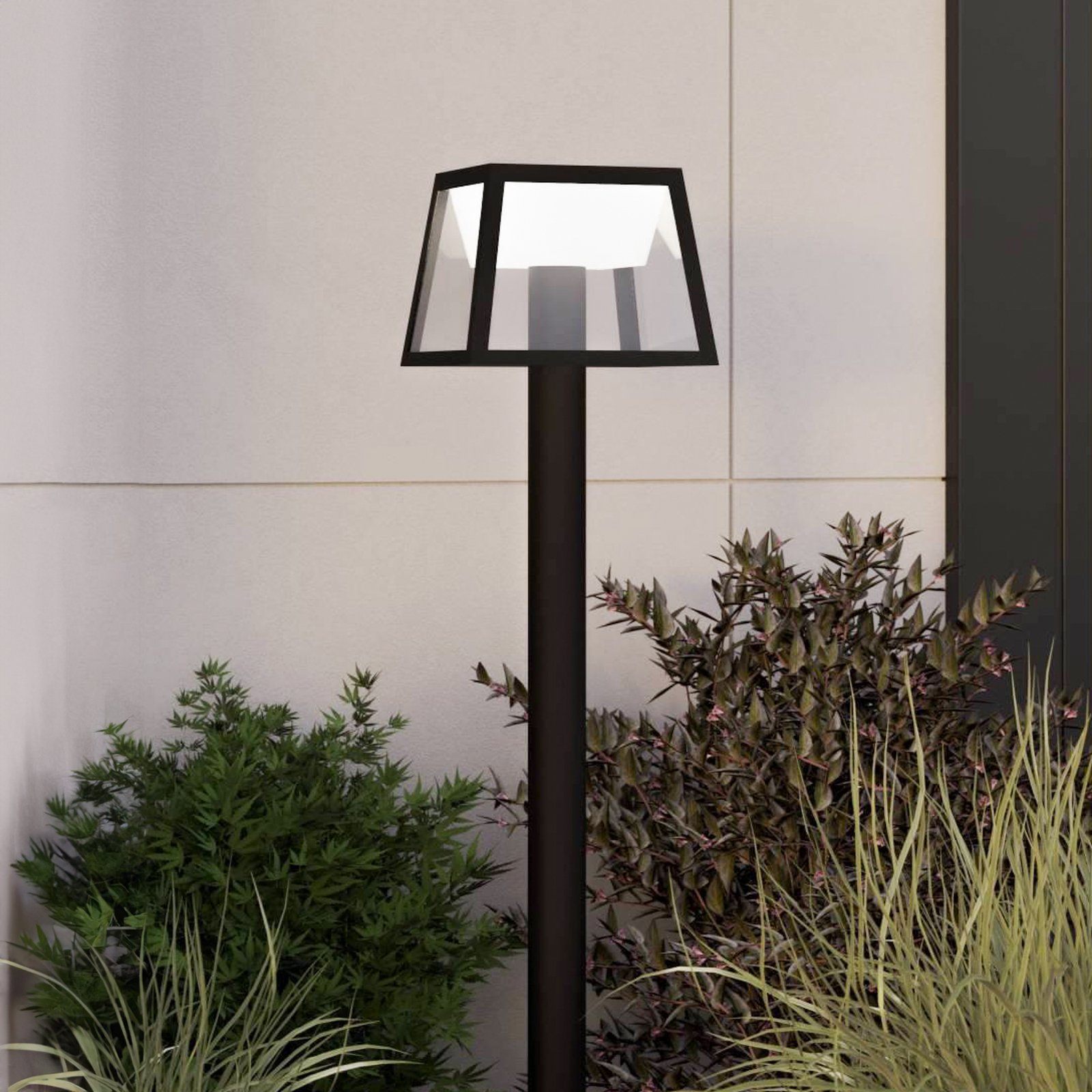

:format(jpeg))
